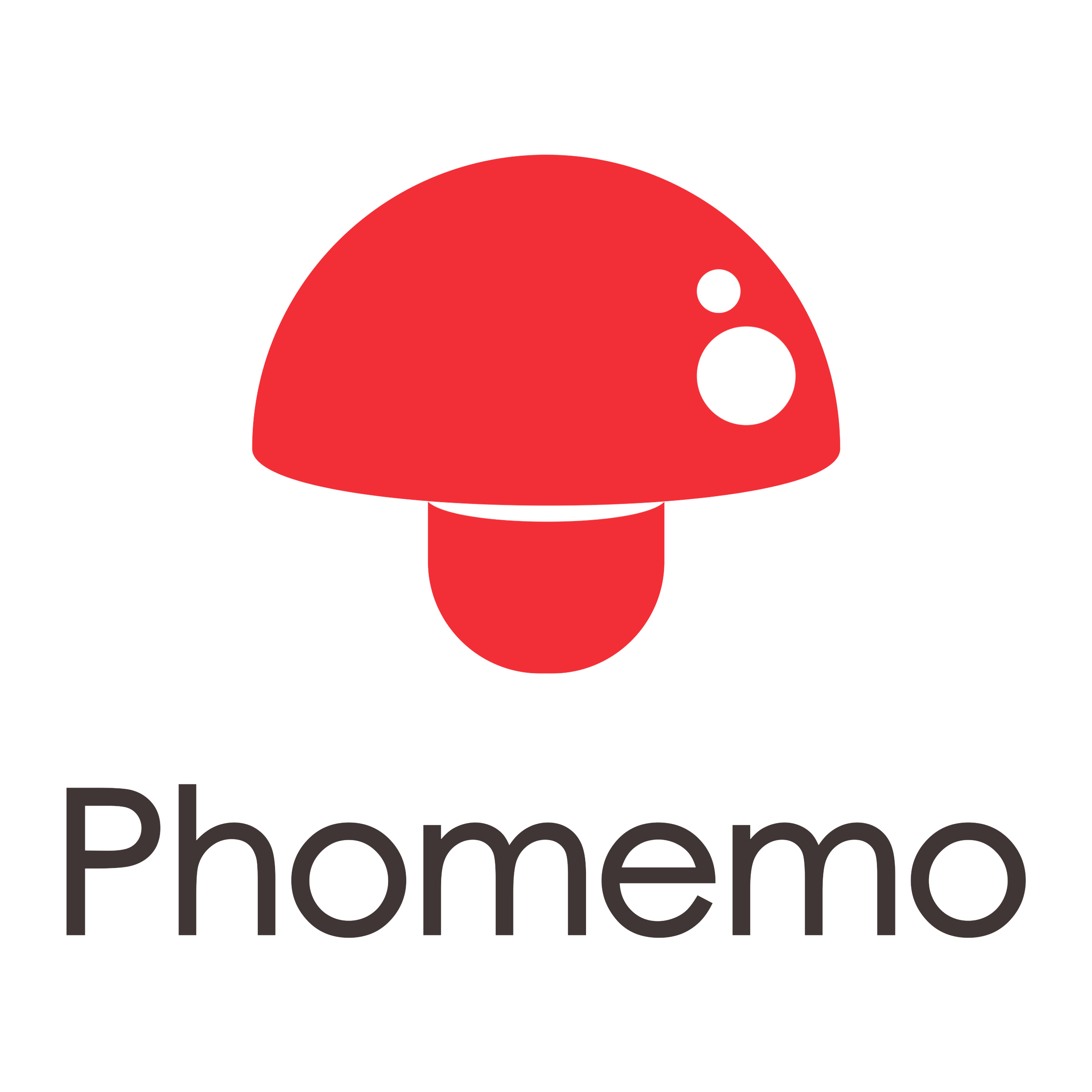What is a Thermal Printer and How to Choose One?

{
"@context": "https://schema.org",
"@type": "BlogPosting",
"headline": "What is a Thermal Printer and How to Choose One?",
"description": "Explore the world of thermal printers, including how they work, direct thermal printing, thermal transfer printing, and their various applications. Find out which type of printer is best for you.",
"image": "https://phomemo.com/cdn/shop/articles/What-is-a-Thermal-Printer_640x550_crop_center.jpg?v=1721893892",
"author": {
"@type": "Person",
"name": "Violet Chen"
},
"publisher": {
"@type": "Organization",
"name": "Phomemo",
"url": "https://phomemo.com/"
},
"datePublished": "2024-07-25",
"mainEntityOfPage": {
"@type": "WebPage",
"@id": "https://phomemo.com/blogs/knowledge/what-is-a-thermal-printer"
},
"articleBody": "A thermal printer is a type of printer that utilizes heat to produce images or text on paper. Unlike traditional inkjet or laser printers, thermal printers do not use ink or toner. Instead, they rely on heat-sensitive paper and a thermal print head. When the thermal print head heats up, it causes a chemical reaction on the special thermal paper, creating the desired image or text. Thermal printers are known for their speed, efficiency, and low maintenance requirements, making them a popular choice in various industries."
}
</script> <script type="application/ld+json">
{
"@context": "https://schema.org",
"@type": "FAQPage",
"mainEntity": [
{
"@type": "Question",
"name": "Are Thermal Printers Worth It?",
"acceptedAnswer": {
"@type": "Answer",
"text": "Yes, thermal printers are worth the investment due to their efficiency, reliability, and cost-effectiveness, especially in specific applications. According to Wikipedia, thermal printers are widely used in retail for printing receipts, in healthcare for producing patient wristbands and labels, and in the transportation and logistics sectors for shipping labels and tickets.
These thermal printers offer several advantages:
Speed: Can print quickly with minimal warm-up time
Durability: Fewer moving parts compared to other printer types
Low maintenance: No ink or toner to replace
Quiet operation: Ideal for noise-sensitive environments
For businesses that require frequent, high-quality label or receipt printing, thermal printers can significantly improve operational efficiency and reduce long-term costs."
}
},
{
"@type": "Question",
"name": "Do Thermal Printers Need Special Paper?",
"acceptedAnswer": {
"@type": "Answer",
"text": "Yes, thermal printers require specialized thermal paper. Wikipedia explains that thermal paper is paper that is impregnated with a chemical that changes color when exposed to heat. It consists of a base paper with at least one applied coating containing the color-forming chemistry.
There are two main types of thermal printing technologies:
Direct thermal: Uses heat-sensitive paper without any ink or ribbon
Thermal transfer: Uses a ribbon to transfer ink onto various materials
The choice between these technologies depends on the specific application requirements, such as print longevity, environmental conditions, and the type of material being printed on."
}
},
{
"@type": "Question",
"name": "Can Thermal Printers Print Color?",
"acceptedAnswer": {
"@type": "Answer",
"text": "Most thermal printers produce monochrome (black and white) prints. However, advancements in thermal printing technology have made color thermal printing possible, albeit less common and more expensive:
Direct thermal color printing: Some specialized printers use multi-layered thermal paper to produce limited color prints.
Thermal transfer color printing: These printers use colored ribbons (typically cyan, magenta, yellow, and black) to create full-color prints on various materials.
Color thermal printing is mainly used in specific applications like photo printing kiosks or specialty label production."
}
},
{
"@type": "Question",
"name": "Do Thermal Printers Need Ink Cartridges?",
"acceptedAnswer": {
"@type": "Answer",
"text": "No, thermal printers do not use traditional ink cartridges. Their printing mechanism differs significantly from inkjet or laser printers:
Direct thermal printers: Require no ink or toner; they use heat to activate the coating on thermal paper.
Thermal transfer printers: Use ribbons coated with wax, resin, or a combination of both. The printhead heats the ribbon, transferring the ink to the printing surface.
This ink-free operation contributes to lower running costs and reduced maintenance needs compared to conventional printers."
}
},
{
"@type": "Question",
"name": "Are Thermal Printers Suitable as Gifts?",
"acceptedAnswer": {
"@type": "Answer",
"text": "Thermal printers can indeed make practical and innovative gifts, especially for certain individuals:
Organizational enthusiasts: Perfect for creating labels, file tabs, and inventory tags
Small business owners: Ideal for printing receipts, shipping labels, and price tags
Students: Useful for creating study aids, notes, and project labels
Crafters: Great for making custom stickers, gift tags, and scrapbooking elements
Their compact size, ease of use, and versatility make thermal printers an excellent choice for those who value efficiency and creativity in their personal or professional lives. However, it's important to consider the recipient's specific needs and interests to ensure the gift will be appreciated and utilized."
}
}
]
}
</script>
<div class="BlogPageFiexd" id="fixedLeft">
<ul>
<li><a href="#title1">What is a Thermal Printer?</a></li>
<li><a href="#title2">How Does a Thermal Printer Work?</a></li>
<ul>
<li><a href="#title3">What is Direct Thermal Printing?</a></li>
<li><a href="#title4">What is Thermal Transfer Printing?</a></li>
</ul>
<li><a href="#title5">What are Thermal Printers Used For?</a></li>
<li><a href="#title6">Thermal Printer Pros and Cons</a></li>
<li><a href="#title7">Choosing Your Thermal Printer for Your Needs</a></li>
<li><a href="#title8">Inkjet vs. Thermal Printers: Which One is Better?</a></li>
<li><a href="#title9">FAQ</a></li>
</ul>
<div class="productCard">
<blockquote>
<div style="text-align: center;"><img src="https://phomemo.com/cdn/shop/files/T02image1_610x_crop_center.jpg?v=1719371507"></div>
</blockquote>
<blockquote>
<h6>Mini Thermal Printer</h6>
<p><button class="button accent"><a href="https://phomemo.com/collections/mini-printer">From $31.99 Shop Now </a></button></p>
</blockquote>
</div>
<div class="productCard">
<blockquote>
<div style="text-align: center;"><img src="https://phomemo.com/cdn/shop/files/71N0g3GsIpL._AC_SL1500_610x_crop_center.jpg?v=1716195220"></div>
</blockquote>
<blockquote>
<h6>A4 Thermal Printer</h6>
<p><button class="button accent"><a href="https://phomemo.com/collections/portable-printer">From $118.99 Shop Now </a></button></p>
</blockquote>
</div>
</div>
<h2 id="title1" data-mce-fragment="1">What is a Thermal Printer?</h2>
<p data-mce-fragment="1">A thermal printer is a type of printer that utilizes heat to produce images or text on paper. Unlike traditional inkjet or laser printers, thermal printers do not use ink or toner. Instead, they rely on heat-sensitive paper and a thermal print head. When the thermal print head heats up, it causes a chemical reaction on the special thermal paper, creating the desired image or text. Thermal printers are known for their speed, efficiency, and low maintenance requirements, making them a popular choice in various industries.</p>
<div style="text-align: center;"><img style="float: none;" alt="Using the thermal printer to print receipts" src="https://cdn.shopify.com/s/files/1/0180/9294/9568/files/Person_Changing_the_Roll_of_Thermal_paper_600x600.jpg?v=1714448778"></div>
<h2 id="title2" data-mce-fragment="1">How Does a Thermal Printer Work?</h2>
<p data-mce-fragment="1">A thermal printer operates by using a print head equipped with semiconductor heating elements. When the print head heats up and comes into contact with thermal paper, it prints the desired images or text. This process is similar to that of thermal fax machines. The images are created through a chemical reaction in the paper that occurs when heated. This chemical reaction is temperature-dependent, meaning higher temperatures accelerate the process.</p>
<p data-mce-fragment="1">There are two primary types of thermal printing methods: direct thermal and thermal transfer:</p>
<h3 id="title3"><strong data-mce-fragment="1"><b data-mce-fragment="1">What is Direct Thermal Printing</b></strong></h3>
<p data-mce-fragment="1">Direct thermal printing uses heat-sensitive paper that darkens when heated, creating the image or text. It's straightforward and cost-effective, but the prints may fade over time when exposed to heat, light, or friction.</p>
<p data-mce-fragment="1">Direct thermal printing offers several advantages that make it a popular choice for many businesses. One of the main benefits is its cost-effectiveness. Since direct thermal printers do not require ink, toner, or ribbons, the ongoing operational costs are significantly reduced. Additionally, these printers have fewer moving parts, resulting in lower maintenance requirements and a longer lifespan. The printing process is also notably fast, making direct thermal printers ideal for high-volume printing tasks. Their compact and portable design allows for easy transportation and use in various environments, making them versatile tools in different settings.</p>
<p data-mce-fragment="1">However, direct thermal printing has some drawbacks to consider. The primary limitation is the durability of the prints. Since the images are created through a chemical reaction on heat-sensitive paper, they can fade over time, especially when exposed to heat, light, or friction. This makes them unsuitable for applications requiring long-lasting documentation. Furthermore, direct thermal printers are generally limited to monochrome printing, restricting their use in projects that require color. The necessity for specialized thermal paper, which can be more expensive than regular paper, also adds to the overall cost. Additionally, prints are sensitive to environmental conditions, which can further affect their longevity and readability.</p>
<p data-mce-fragment="1">Despite these limitations, direct thermal printers are highly effective in specific use cases where durability is not a primary concern. In retail environments, they are commonly used to print transaction receipts quickly and efficiently, ensuring smooth customer service. In logistics and shipping, direct thermal printers are ideal for creating shipping labels and barcodes, facilitating the rapid processing and tracking of packages. Additionally, they are used for printing event and transportation tickets, where the need for fast, on-the-spot printing outweighs the need for long-term durability. These use cases highlight the practicality and efficiency of direct thermal printing in various industries.</p>
<div style="text-align: center;"><img style="float: none;" alt="Use a mini thermal printer to print stickers" src="https://cdn.shopify.com/s/files/1/0180/9294/9568/files/Use_inkless_sticker_pritner_to_create_to-do_list_600x600.jpg?v=1715668239"></div>
<h3 id="title4"><strong data-mce-fragment="1"><b data-mce-fragment="1">What is Thermal Transfer Printing</b></strong></h3>
<p data-mce-fragment="1">Thermal transfer printing involves using a thermal print head to transfer ink from a ribbon onto the paper or another material. This produces more durable prints that are resistant to environmental factors such as heat, light, and moisture.</p>
<p data-mce-fragment="1">Thermal transfer printing boasts several notable advantages, making it a reliable choice for a variety of applications. One of the key benefits is the durability of the prints it produces. By using a thermal print head to transfer ink from a ribbon onto the paper or other materials, thermal transfer printers create prints that are highly resistant to heat, light, moisture, and abrasion. This makes them suitable for applications where long-lasting labels and documents are essential. Additionally, thermal transfer printers can print on a wide range of materials, including paper, plastic, and fabric, offering greater versatility. They also produce high-quality, detailed images and barcodes, which are crucial for precise identification and tracking.</p>
<p data-mce-fragment="1">However, thermal transfer printing comes with its own set of challenges. One significant drawback is the cost associated with the ribbons, which must be replaced regularly, adding to the overall operational expenses. The printing process is more complex than direct thermal printing, which can lead to higher maintenance needs and a slightly slower printing speed. This complexity also means that thermal transfer printers may require more frequent servicing and careful handling to ensure optimal performance. Additionally, the initial cost of thermal transfer printers can be higher compared to direct thermal printers, which might be a consideration for budget-conscious businesses.</p>
<p data-mce-fragment="1">Thermal transfer printers excel in environments where print durability and versatility are paramount. In manufacturing and industrial settings, they are used to produce durable labels for asset tracking, inventory management, and product identification, ensuring that labels remain legible even in harsh conditions. They are also widely used in the healthcare industry to print patient wristbands, medication labels, and laboratory sample tags, where the resistance to environmental factors is critical. In retail, thermal transfer printers are used for high-quality product labeling and barcode generation, supporting efficient inventory management and checkout processes. These use cases demonstrate the practical applications of thermal transfer printing across various sectors, highlighting its importance in producing resilient and versatile prints.</p>
<div style="text-align: center;"><img style="float: none;" alt="Use a thermal transfer label maker outdoor" src="https://cdn.shopify.com/s/files/1/0180/9294/9568/files/use_thermal_transfer_printer_in_industrial_occasion_600x600.jpg?v=1712823757"></div>
<h2 id="title5" data-mce-fragment="1"><strong data-mce-fragment="1"><b data-mce-fragment="1">What are Thermal Printers Used For?</b></strong></h2>
<p data-mce-fragment="1">Thermal printers are highly versatile and find applications across a wide range of industries due to their speed, efficiency, and reliability. Here are some common uses:</p>
<ul>
<li><strong data-mce-fragment="1"><span data-mce-fragment="1">Retail:</span></strong> In the retail sector, thermal printers are indispensable for printing receipts and transaction records quickly and efficiently at points of sale. They ensure smooth and fast customer service, reducing wait times and improving overall shopping experiences. The clarity and durability of the prints also help in maintaining accurate sales records.</li>
</ul>
<ul>
<li><strong data-mce-fragment="1"><span data-mce-fragment="1">Logistics and Shipping:</span></strong> Thermal printers play a crucial role in logistics and shipping by creating shipping labels and tracking barcodes. These labels are essential for streamlining package handling and delivery processes. The ability to produce clear and scannable barcodes ensures accurate tracking and reduces errors in shipment processing, enhancing the overall efficiency of supply chain operations.</li>
</ul>
<ul>
<li><strong data-mce-fragment="1"><span data-mce-fragment="1">Healthcare:</span></strong> In healthcare, thermal printers are used to produce wristbands and labels for patient identification and medication tracking. These applications require durable prints that can withstand various environmental conditions and frequent handling. Thermal printers provide reliable and precise labeling solutions that enhance patient safety and improve healthcare management.</li>
</ul>
<ul>
<li><strong data-mce-fragment="1"><span data-mce-fragment="1">Hospitality:</span></strong> The hospitality industry utilizes thermal printers for printing tickets for events, transportation, and parking. The ability to generate tickets quickly and accurately helps manage large crowds and ensures smooth operations during events. Thermal printers provide high-quality prints that are easy to read and resistant to fading.</li>
</ul>
<ul>
<li><strong data-mce-fragment="1"><span data-mce-fragment="1">Manufacturing:</span></strong> In manufacturing, thermal printers are used to generate durable labels for product identification and quality control. These labels must withstand harsh conditions, including exposure to chemicals, heat, and abrasion. Thermal printers produce resilient labels that ensure products are correctly identified and tracked throughout the production and distribution processes.</li>
</ul>
<ul>
<li><strong data-mce-fragment="1"><span data-mce-fragment="1">Office and Administrative Tasks:</span></strong> Thermal printers are also valuable in office settings for printing documents, labels, and identification badges. They offer a quick and efficient way to handle various administrative tasks, improving organizational efficiency. The reliability and ease of use of thermal printers make them ideal for daily office operations.</li>
</ul>
<h2 id="title6" data-mce-fragment="1"><strong data-mce-fragment="1"><b data-mce-fragment="1">Thermal Printer Pros and Cons</b></strong></h2>
<h3 data-mce-fragment="1"><strong data-mce-fragment="1"><span data-mce-fragment="1">Thermal Printer Pros:</span></strong></h3>
<ul>
<li>High-speed printing for efficient operation.</li>
</ul>
<ul>
<li>Low maintenance with fewer moving parts and no need for ink or toner.</li>
</ul>
<ul>
<li>Clear and precise print quality, especially for barcodes and text.</li>
</ul>
<ul>
<li>Versatile, suitable for a wide range of applications.</li>
</ul>
<ul>
<li>Durable and reliable, often with a longer lifespan than other printer types.</li>
</ul>
<ol data-mce-fragment="1"></ol>
<h3 data-mce-fragment="1"><strong data-mce-fragment="1"><span data-mce-fragment="1">Thermal Printer Cons:</span></strong></h3>
<ul>
<li>Direct thermal prints can fade over time and with exposure to heat and light.</li>
</ul>
<ul>
<li>Thermal-printed labels may turn fully black when exposed to high heat.</li>
</ul>
<ul>
<li>Thermal printers typically produce single-color prints, which can be a limitation for applications requiring color differentiation.</li>
</ul>
<ol></ol>
<ol start="3" data-mce-fragment="1"></ol>
<h2 id="title7" data-mce-fragment="1"><strong data-mce-fragment="1"><b data-mce-fragment="1">Choosing Your Thermal Printer for Your Needs</b></strong></h2>
<p data-mce-fragment="1"><strong data-mce-fragment="1"><span data-mce-fragment="1">For Study:</span></strong> If you need a thermal printer for academic purposes, consider an <a title="A4 thermal Printer" href="https://phomemo.com/products/m08f-portable-printer" target="_blank"><span class="custom-accent">A4 Thermal Printer</span></a>. This model is ideal for printing larger documents and study materials efficiently, making it perfect for research papers and class notes. For more portable solutions, a thermal printer is highly convenient for quick printouts and note-taking on the go. Additionally, a study printer offers versatility and efficiency, catering to various academic needs such as printing lecture notes, assignments, and handouts.</p>
<div style="text-align: center;"><img style="float: none;" alt="Use an A4 thermal printer to print study notes" src="https://cdn.shopify.com/s/files/1/0180/9294/9568/files/Phomemo-M08F-A4-thermal-printer-print-out-documents_600x600.jpg?v=1720751598"></div>
<p data-mce-fragment="1"><strong data-mce-fragment="1"><span data-mce-fragment="1">For Storage:</span></strong> When it comes to organizing and labeling storage containers and files, a<a href="https://phomemo.com/products/d30-label-maker" title="Bluetooth Label Maker" target="_blank"> <span class="custom-accent">Bluetooth Label Maker</span> </a>is an excellent choice. Its wireless connectivity allows for easy and flexible labeling, making it simple to keep track of and organize different storage items with minimal hassle.</p>
<div style="text-align: center;"><img style="float: none;" alt="Use a Bluetooth label maker to organize your home" src="https://cdn.shopify.com/s/files/1/0180/9294/9568/files/storage_box_and_bags_600x600.jpg?v=1629286173"></div>
<p data-mce-fragment="1"><strong data-mce-fragment="1"><span data-mce-fragment="1">For Small Business:</span></strong> For small business operations, different types of thermal printers serve various needs. A handheld Label Maker provides portability and ease of use, perfect for on-the-go labeling tasks. A <a title="Barcode Printer" href="https://phomemo.com/products/m110-label-maker" target="_blank"><span class="custom-accent">barcode printer</span></a> is essential for inventory management and product tracking, ensuring accurate and efficient labeling of goods. To streamline shipping processes, a <a href="https://phomemo.com/products/pm-241bt" title="Shipping label printer" target="_blank"><span class="custom-accent">shipping label printer</span></a> can quickly generate shipping labels, improving order fulfillment and logistics.</p>
<div style="text-align: center;"><img style="float: none;" alt="Use a shipping label printer to print labels for your small business" src="https://cdn.shopify.com/s/files/1/0180/9294/9568/files/Phomemo-pm-245-btz-shipping-label-printer-black-suitable-for-different-users_600x600.jpg?v=1721801808"></div>
<p data-mce-fragment="1"><strong data-mce-fragment="1"><span data-mce-fragment="1">For Office:</span></strong> In an office setting, a <a href="https://phomemo.com/products/m04as" title="Mini thermal printer"><span class="custom-accent">mini thermal printer</span></a><strong data-mce-fragment="1"><span data-mce-fragment="1" mce-data-marked="1"> </span></strong>is suitable for printing memos and to-do lists efficiently. Its capability to handle a range of office printing tasks makes it a practical choice for administrative needs.</p>
<div style="text-align: center;"><img style="float: none;" alt="Use a mini thermal printer to print to-do lists" src="https://cdn.shopify.com/s/files/1/0180/9294/9568/files/Phomemo-m04as-Mini-Thermal-Printer-print-to-do-list_600x600.jpg?v=1720774003"></div>
<p data-mce-fragment="1"><strong data-mce-fragment="1"><span data-mce-fragment="1">For Outdoor Use:</span></strong> For applications requiring durable and weather-resistant labels, a <a href="https://phomemo.com/products/p12-label-maker" title="Thermal transfer label maker" target="_blank"><span class="custom-accent">thermal transfer label maker </span></a>is the go-to option. This label maker produces labels that can withstand harsh outdoor conditions, ensuring they remain legible and intact even when exposed to the elements.</p>
<p data-mce-fragment="1"><strong data-mce-fragment="1"><span data-mce-fragment="1">For Creative Projects:</span></strong> For those involved in crafting and creative endeavors, a <a title="Thermal photo printer" href="https://phomemo.com/products/m02-pro-portable-printer" target="_blank"><span class="custom-accent">thermal photo printer</span></a> is ideal for projects such as scrapbooking and creative stickers. Its compact size and versatility make it perfect for personalized prints and decorative labels. </p>
<div style="text-align: center;"><img style="float: none;" alt="Use a thermal photo printer to create bullet journal" src="https://cdn.shopify.com/s/files/1/0180/9294/9568/files/M02PRO_APPSTORE_2_5f893c65-7394-41f6-9f69-bef65215b132_600x600.jpg?v=1721888352"></div>
<h2 id="title8"><strong data-mce-fragment="1"><b data-mce-fragment="1">Inkjet vs. Thermal Printers: Which One is Better?</b></strong></h2>
<h3 data-mce-fragment="1">Differences between Inkjet and Thermal Printers:</h3>
<table data-mce-fragment="1">
<tbody data-mce-fragment="1">
<tr data-mce-fragment="1">
<td style="width: 124.922px;" data-mce-fragment="1"></td>
<td style="width: 186.5px;" data-mce-fragment="1">
<p data-mce-fragment="1"><strong data-mce-fragment="1"><span data-mce-fragment="1">Inkjet Printers</span></strong></p>
</td>
<td style="width: 211.578px;" data-mce-fragment="1">
<p data-mce-fragment="1"><strong data-mce-fragment="1"><span data-mce-fragment="1">Thermal Printers</span></strong></p>
</td>
</tr>
<tr data-mce-fragment="1">
<td style="width: 124.922px;" data-mce-fragment="1">
<p data-mce-fragment="1"><strong data-mce-fragment="1"><span data-mce-fragment="1">Print Method</span></strong></p>
</td>
<td style="width: 186.5px;" data-mce-fragment="1">
<p data-mce-fragment="1">Use liquid ink sprayed onto paper.</p>
</td>
<td style="width: 211.578px;" data-mce-fragment="1">
<p data-mce-fragment="1">Use heat to create images on heat-sensitive paper or through ribbon transfer.</p>
</td>
</tr>
<tr data-mce-fragment="1">
<td style="width: 124.922px;" data-mce-fragment="1">
<p data-mce-fragment="1"><strong data-mce-fragment="1"><span data-mce-fragment="1">Printer Price</span></strong></p>
</td>
<td style="width: 186.5px;" data-mce-fragment="1">
<p data-mce-fragment="1">Generally cheaper upfront.</p>
</td>
<td style="width: 211.578px;" data-mce-fragment="1">
<p data-mce-fragment="1">May have a higher initial cost, but can have lower long-term costs due to fewer consumables.</p>
</td>
</tr>
<tr data-mce-fragment="1">
<td style="width: 124.922px;" data-mce-fragment="1">
<p data-mce-fragment="1"><strong data-mce-fragment="1"><span data-mce-fragment="1">Print Quality</span></strong></p>
</td>
<td style="width: 186.5px;" data-mce-fragment="1">
<p data-mce-fragment="1">Excels in color printing and detailed images.</p>
</td>
<td style="width: 211.578px;" data-mce-fragment="1">
<p data-mce-fragment="1">Produces sharp, clear prints, especially for text and barcodes.</p>
</td>
</tr>
<tr data-mce-fragment="1">
<td style="width: 124.922px;" data-mce-fragment="1">
<p data-mce-fragment="1"><strong data-mce-fragment="1"><span data-mce-fragment="1">Maintenance Cost</span></strong></p>
</td>
<td style="width: 186.5px;" data-mce-fragment="1">
<p data-mce-fragment="1">Higher maintenance costs due to ink and toner replacements.</p>
</td>
<td style="width: 211.578px;" data-mce-fragment="1">
<p data-mce-fragment="1">Lower maintenance costs; no need for ink or toner replacements.</p>
</td>
</tr>
<tr data-mce-fragment="1">
<td style="width: 124.922px;" data-mce-fragment="1">
<p data-mce-fragment="1"><strong data-mce-fragment="1"><span data-mce-fragment="1">Installation</span></strong></p>
</td>
<td style="width: 186.5px;" data-mce-fragment="1">
<p data-mce-fragment="1">Relatively difficult to set up due to more components.</p>
</td>
<td style="width: 211.578px;" data-mce-fragment="1">
<p data-mce-fragment="1">Generally easy to set up.</p>
</td>
</tr>
<tr data-mce-fragment="1">
<td style="width: 124.922px;" data-mce-fragment="1">
<p data-mce-fragment="1"><strong data-mce-fragment="1"><span data-mce-fragment="1">Portability</span></strong></p>
</td>
<td style="width: 186.5px;" data-mce-fragment="1">
<p data-mce-fragment="1">Less portable; models are generally larger and less mobile.</p>
</td>
<td style="width: 211.578px;" data-mce-fragment="1">
<p data-mce-fragment="1">More portable, especially mini and handheld models.</p>
</td>
</tr>
<tr data-mce-fragment="1">
<td style="width: 124.922px;" data-mce-fragment="1">
<p data-mce-fragment="1"><strong data-mce-fragment="1"><span data-mce-fragment="1">Print Speed</span></strong></p>
</td>
<td style="width: 186.5px;" data-mce-fragment="1">
<p data-mce-fragment="1">Often slower compared to thermal printers, particularly in high-volume tasks.</p>
</td>
<td style="width: 211.578px;" data-mce-fragment="1">
<p data-mce-fragment="1">Typically faster, making them suitable for high-volume printing.</p>
</td>
</tr>
<tr data-mce-fragment="1">
<td style="width: 124.922px;" data-mce-fragment="1">
<p data-mce-fragment="1"><strong data-mce-fragment="1"><span data-mce-fragment="1">Environmental Friendliness</span></strong></p>
</td>
<td style="width: 186.5px;" data-mce-fragment="1">
<p data-mce-fragment="1">Less eco-friendly due to the need for ink cartridges and toner.</p>
</td>
<td style="width: 211.578px;" data-mce-fragment="1">
<p data-mce-fragment="1">More eco-friendly as they do not require ink cartridges or toner.</p>
</td>
</tr>
</tbody>
</table>
<h2 id="title9" data-mce-fragment="1"><strong data-mce-fragment="1"><b data-mce-fragment="1">FAQ</b></strong></h2>
<h3>1. Are Thermal Printers Worth It?</h3>
<p>Yes, thermal printers are worth the investment due to their efficiency, reliability, and cost-effectiveness, especially in specific applications. According to <a rel="nofollow" href="https://en.wikipedia.org/wiki/Thermal_printing" target="_blank">Wikipedia</a>, thermal printers are widely used in retail for printing receipts, in healthcare for producing patient wristbands and labels, and in the transportation and logistics sectors for shipping labels and tickets.</p>
<p>These thermal printers offer several advantages:</p>
<ul>
<li><span></span>Speed: Can print quickly with minimal warm-up time</li>
<li><span></span>Durability: Fewer moving parts compared to other printer types</li>
<li><span></span>Low maintenance: No ink or toner to replace</li>
<li><span></span>Quiet operation: Ideal for noise-sensitive environments</li>
</ul>
<p>For businesses that require frequent, high-quality label or receipt printing, thermal printers can significantly improve operational efficiency and reduce long-term costs.</p>
<h3>2. Do Thermal Printers Need Special Paper?</h3>
<ol></ol>
<p>Yes, thermal printers require specialized thermal paper. <a rel="nofollow" href="https://en.wikipedia.org/wiki/Thermal_paper" target="_blank">Wikipedia</a> explains that thermal paper is paper that is impregnated with a chemical that changes color when exposed to heat. It consists of a base paper with at least one applied coating containing the color-forming chemistry.</p>
<p>There are two main types of thermal printing technologies:</p>
<ol>
<li><span></span>Direct thermal: Uses heat-sensitive paper without any ink or ribbon</li>
<li><span></span>Thermal transfer: Uses a ribbon to transfer ink onto various materials</li>
</ol>
<p>The choice between these technologies depends on the specific application requirements, such as print longevity, environmental conditions, and the type of material being printed on.</p>
<h3>3. Can Thermal Printers Print Color?</h3>
<p>Most thermal printers produce monochrome (black and white) prints. However, advancements in thermal printing technology have made color thermal printing possible, albeit less common and more expensive:</p>
<ul>
<li><span></span>Direct thermal color printing: Some specialized printers use multi-layered thermal paper to produce limited color prints.</li>
<li><span></span>Thermal transfer color printing: These printers use colored ribbons (typically cyan, magenta, yellow, and black) to create full-color prints on various materials.</li>
</ul>
<p>Color thermal printing is mainly used in specific applications like photo printing kiosks or specialty label production.</p>
<h3>4. Do Thermal Printers Need Ink Cartridges?</h3>
<p>No, thermal printers do not use traditional ink cartridges. Their printing mechanism differs significantly from inkjet or laser printers:</p>
<ul>
<li><span></span>Direct thermal printers: Require no ink or toner; they use heat to activate the coating on thermal paper.</li>
<li><span></span>Thermal transfer printers: Use ribbons coated with wax, resin, or a combination of both. The printhead heats the ribbon, transferring the ink to the printing surface.</li>
</ul>
<p>This ink-free operation contributes to lower running costs and reduced maintenance needs compared to conventional printers.</p>
<h3>5. Are Thermal Printers Suitable as Gifts?</h3>
<p>Thermal printers can indeed make practical and innovative gifts, especially for certain individuals:</p>
<ul>
<li><span></span>Organizational enthusiasts: Perfect for creating labels, file tabs, and inventory tags</li>
<li><span></span>Small business owners: Ideal for printing receipts, shipping labels, and price tags</li>
<li><span></span>Students: Useful for creating study aids, notes, and project labels</li>
<li><span></span>Crafters: Great for making custom stickers, gift tags, and scrapbooking elements</li>
</ul>
<p>Their compact size, ease of use, and versatility make thermal printers an excellent choice for those who value efficiency and creativity in their personal or professional lives. However, it's important to consider the recipient's specific needs and interests to ensure the gift will be appreciated and utilized.</p>
<p> </p>

 Phomemo PM241-BT Bluetooth Shipping Label Printer
Phomemo PM241-BT Bluetooth Shipping Label Printer
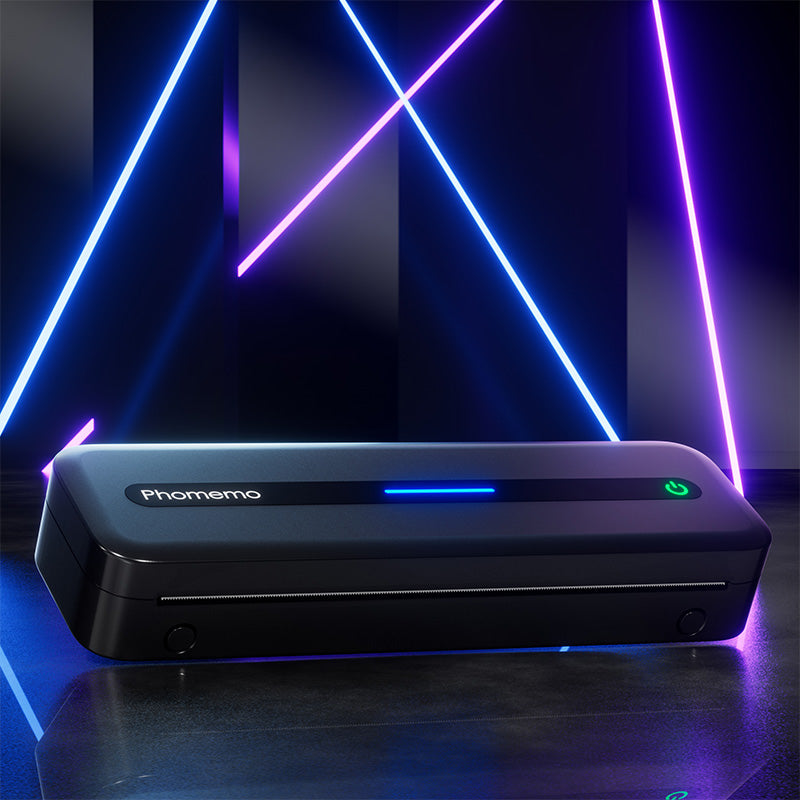 Phomemo M832 Upgrade Thermal Portable Printer
Phomemo M832 Upgrade Thermal Portable Printer
 Phomemo T02 Inkless Mini Printer
Phomemo T02 Inkless Mini Printer
 Phomemo M220 Bluetooth Portable Thermal Business Label Maker
Phomemo M220 Bluetooth Portable Thermal Business Label Maker
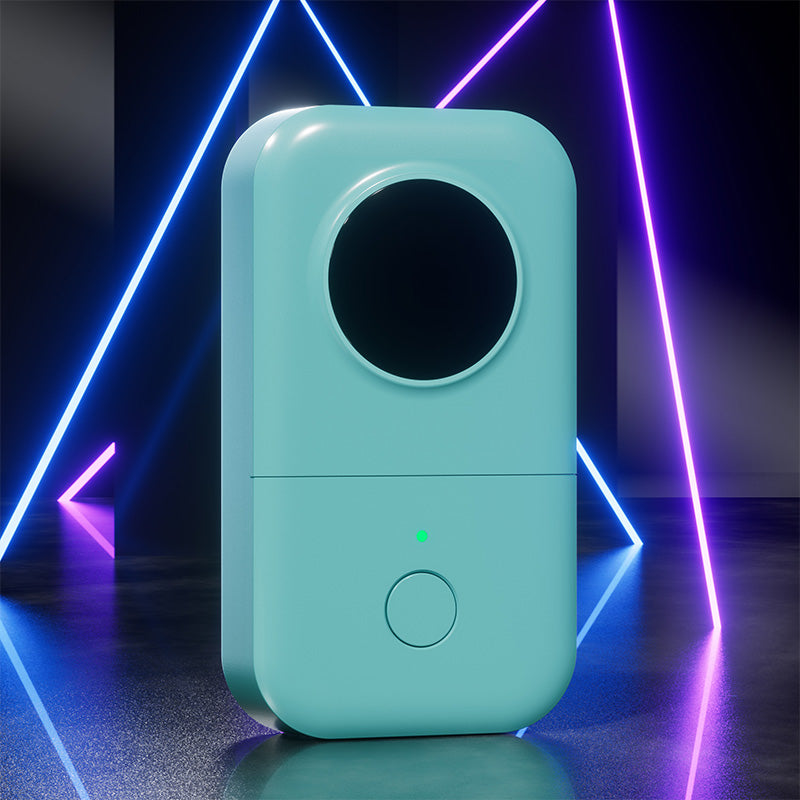 Phomemo D30 Portable Bluetooth Home Label Maker
Phomemo D30 Portable Bluetooth Home Label Maker
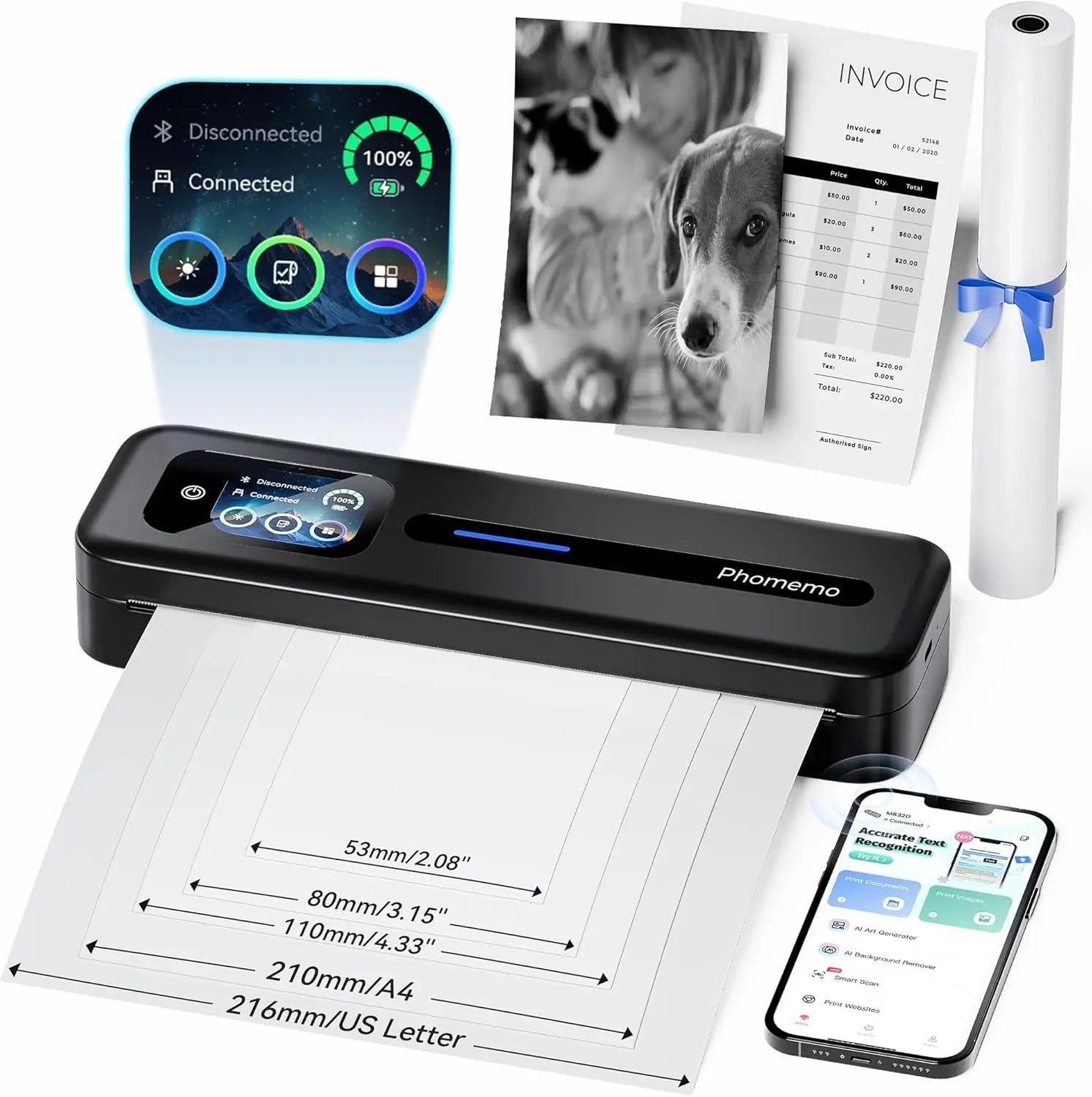 Phomemo Thermal Portable Printer M832D Upgraded Direct Touchscreen
Phomemo Thermal Portable Printer M832D Upgraded Direct Touchscreen
 Phomemo Instant Camera K22 Dual-Lens Camera for Kids
Phomemo Instant Camera K22 Dual-Lens Camera for Kids
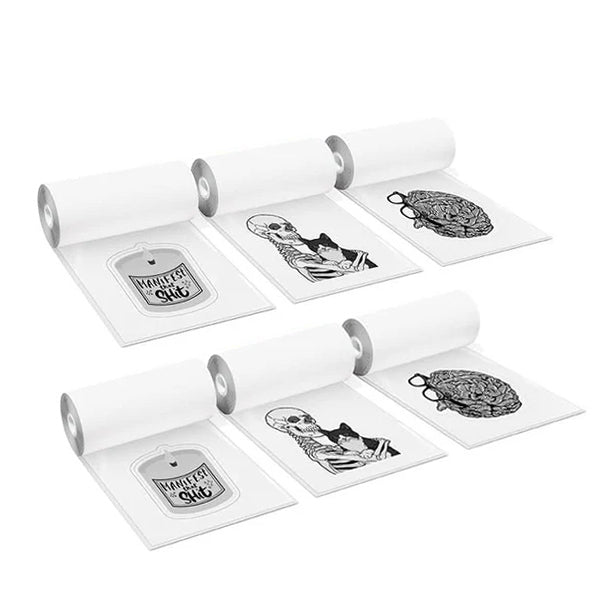 For K22
For K22
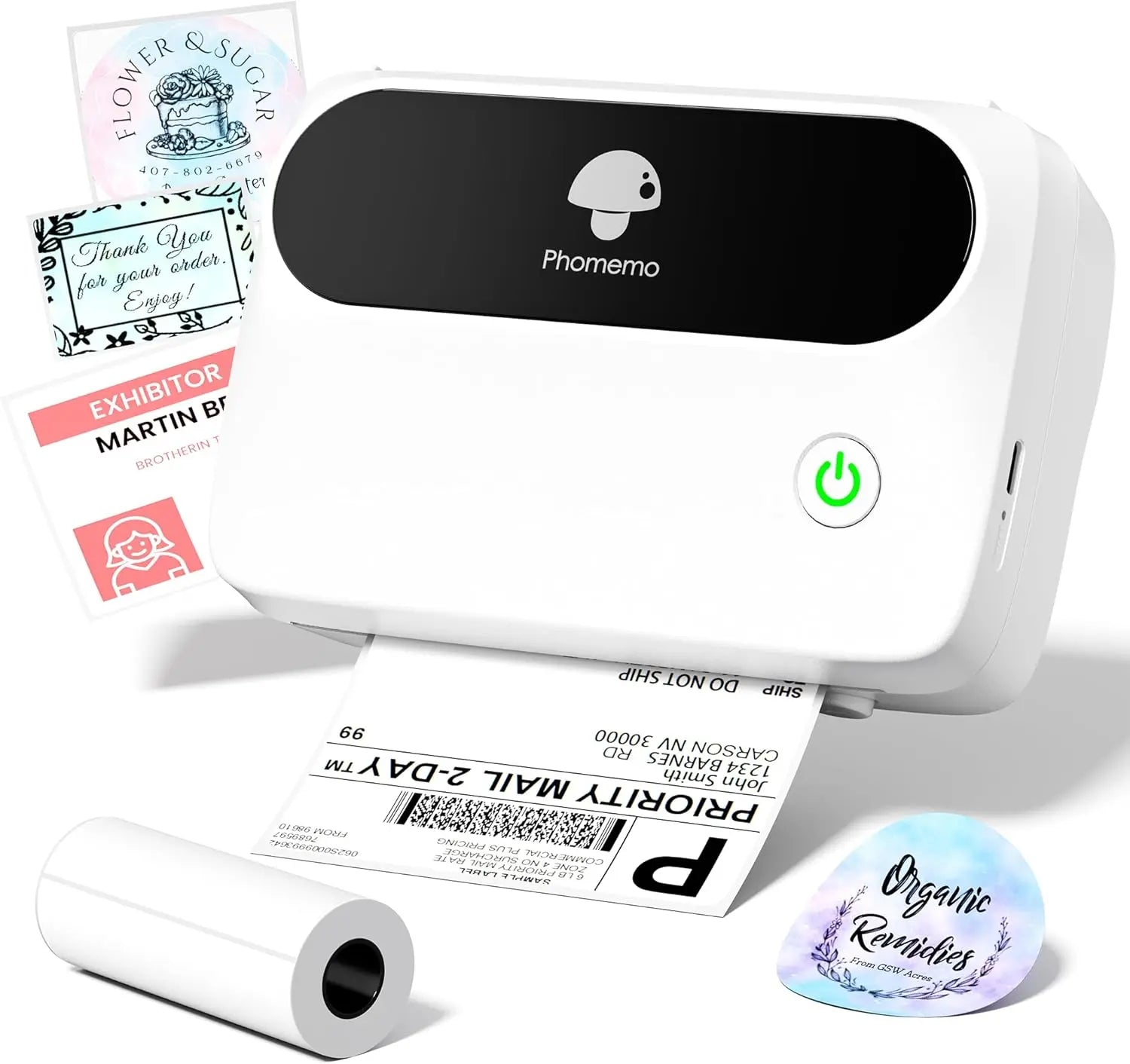 Phomemo Thermal Label Maker M421 Bluetooth Portable Business
Phomemo Thermal Label Maker M421 Bluetooth Portable Business
 Phomemo Instant Camera P02 Kids Camera Bluetooth Instant Print
Phomemo Instant Camera P02 Kids Camera Bluetooth Instant Print
 Phomemo D30 Gray Bluetooth Label Maker & 5 rolls of labels (Option: Storage Bag)
Phomemo D30 Gray Bluetooth Label Maker & 5 rolls of labels (Option: Storage Bag)
 Phomemo M02 PRO Mini Printer Gift Set
Phomemo M02 PRO Mini Printer Gift Set
 Phomemo T02 Inkless Mini Printer Gift Set
Phomemo T02 Inkless Mini Printer Gift Set
 Phomemo M220 Bluetooth Label Printer Gift Set
Phomemo M220 Bluetooth Label Printer Gift Set
 Phomemo M02 Mini Printer Gift Set
Phomemo M02 Mini Printer Gift Set
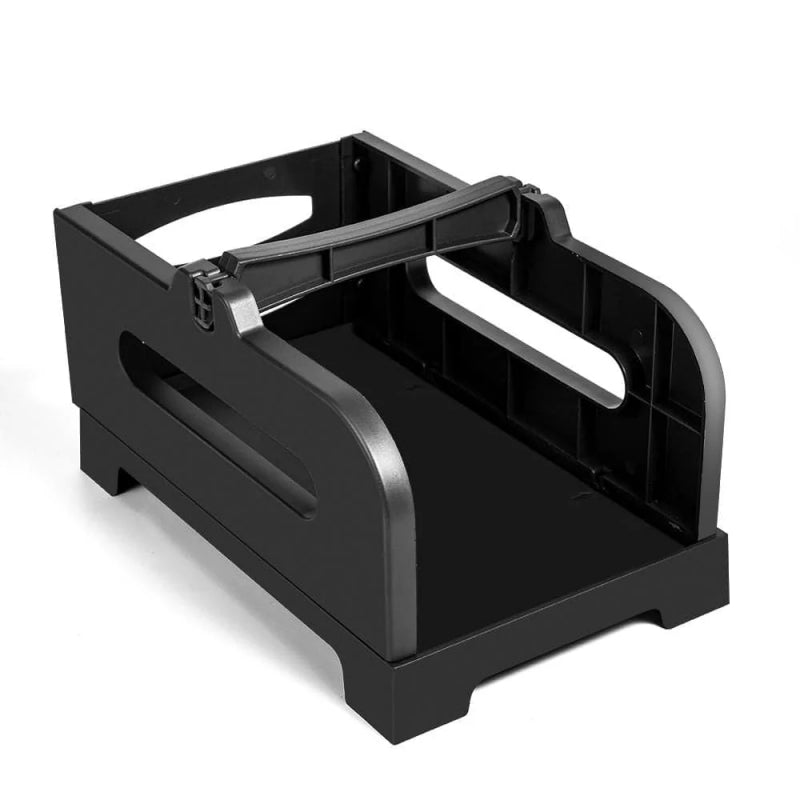 Accessories
Accessories
 Storage Bag
Storage Bag
 Storage Box
Storage Box
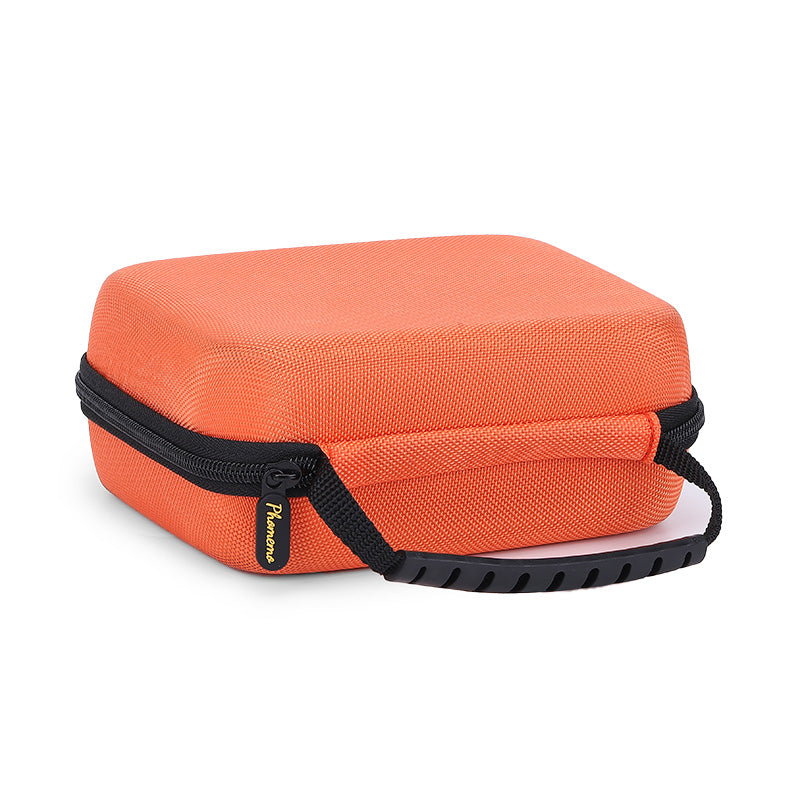 Phomemo Large Hard Shell Machine Storage Bag
Phomemo Large Hard Shell Machine Storage Bag
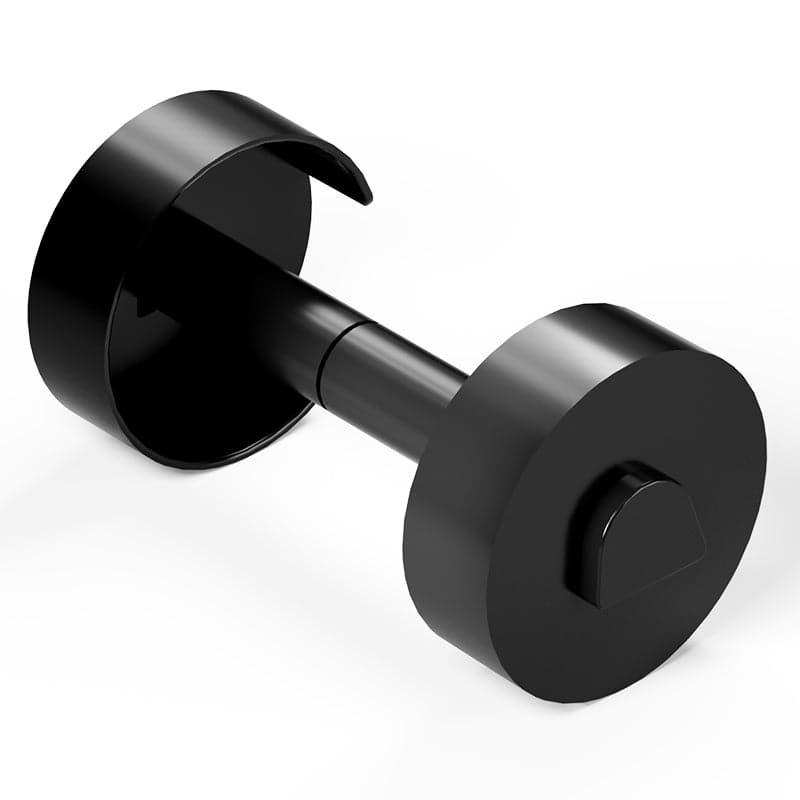 Phomemo Paper Holder for T02/M02/M02S/M02PRO/M03AS/M04AS/M04S
Phomemo Paper Holder for T02/M02/M02S/M02PRO/M03AS/M04AS/M04S
 Phomemo M02 Inkless Mini Printer
Phomemo M02 Inkless Mini Printer
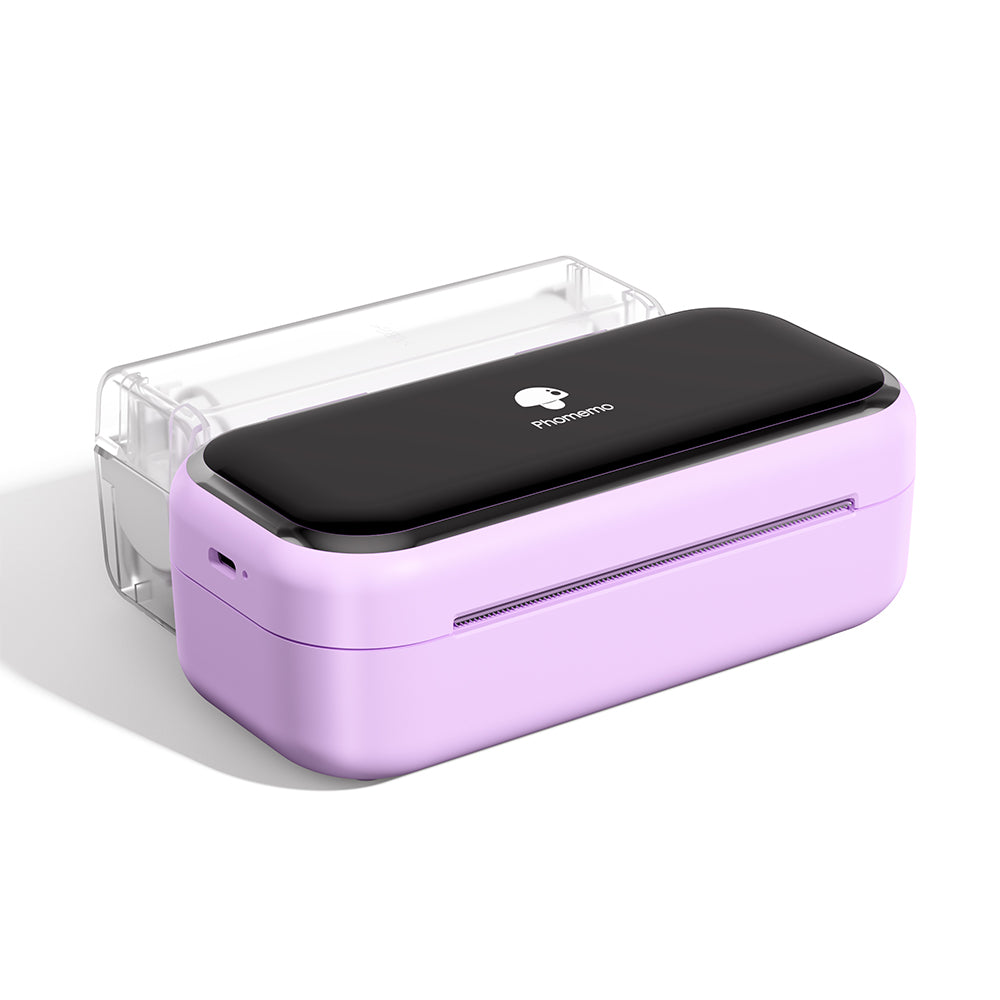 Phomemo M03 Bluetooth Mini Printer
Phomemo M03 Bluetooth Mini Printer
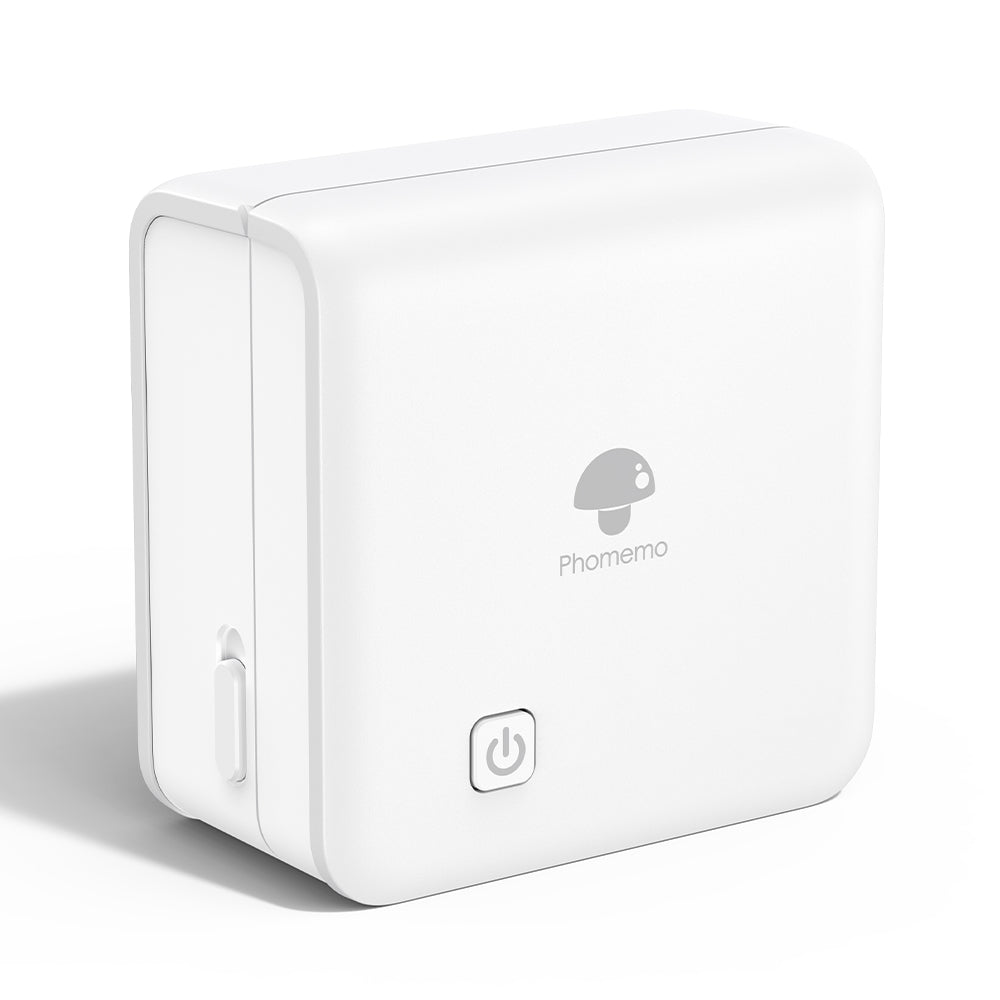 Phomemo M02 PRO Bluetooth Mini Printer
Phomemo M02 PRO Bluetooth Mini Printer
 Phomemo M04AS Mini Thermal Printer
Phomemo M04AS Mini Thermal Printer
 Phomemo P12 Portable Bluetooth Home Label Maker
Phomemo P12 Portable Bluetooth Home Label Maker
 Phomemo A30 Portable Home Label Maker
Phomemo A30 Portable Home Label Maker
 Phomemo P15 Vintage Home Label Maker
Phomemo P15 Vintage Home Label Maker
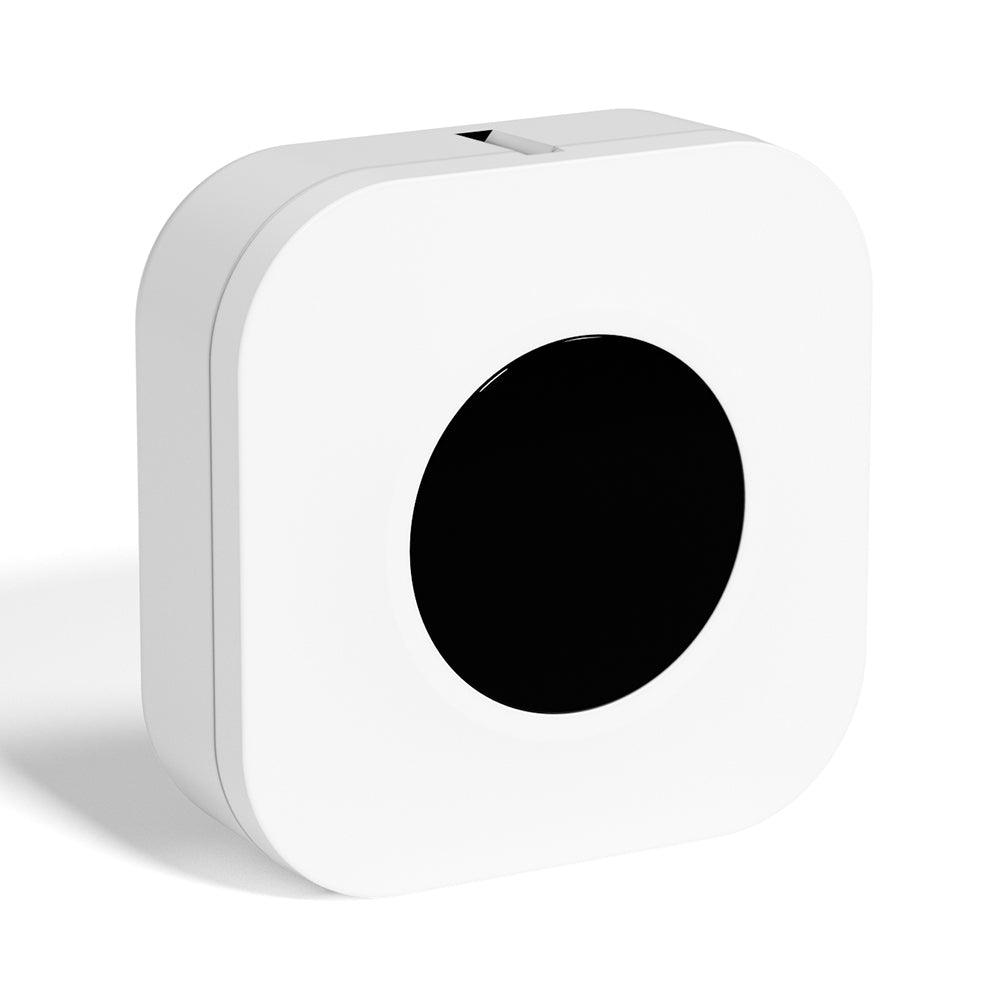 Phomemo Q30S Mini Home Label Maker
Phomemo Q30S Mini Home Label Maker
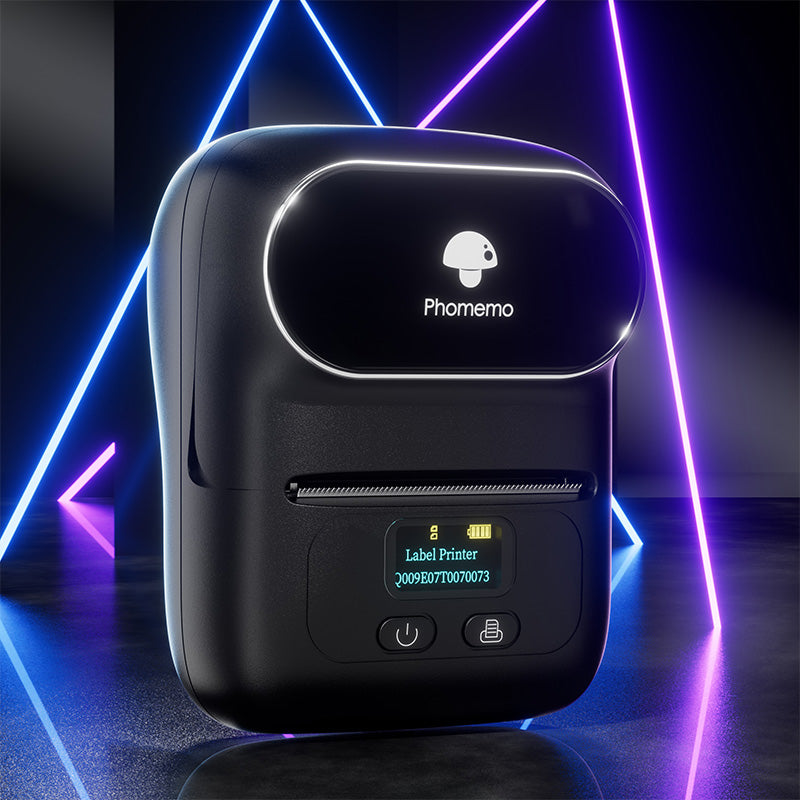 Phomemo M110 Bluetooth Portable Thermal Business Label Maker
Phomemo M110 Bluetooth Portable Thermal Business Label Maker
 Phomemo M150 Bluetooth Portable Thermal Business Label Maker
Phomemo M150 Bluetooth Portable Thermal Business Label Maker
 Phomemo M221 Bluetooth Portable Thermal Business Label Maker
Phomemo M221 Bluetooth Portable Thermal Business Label Maker
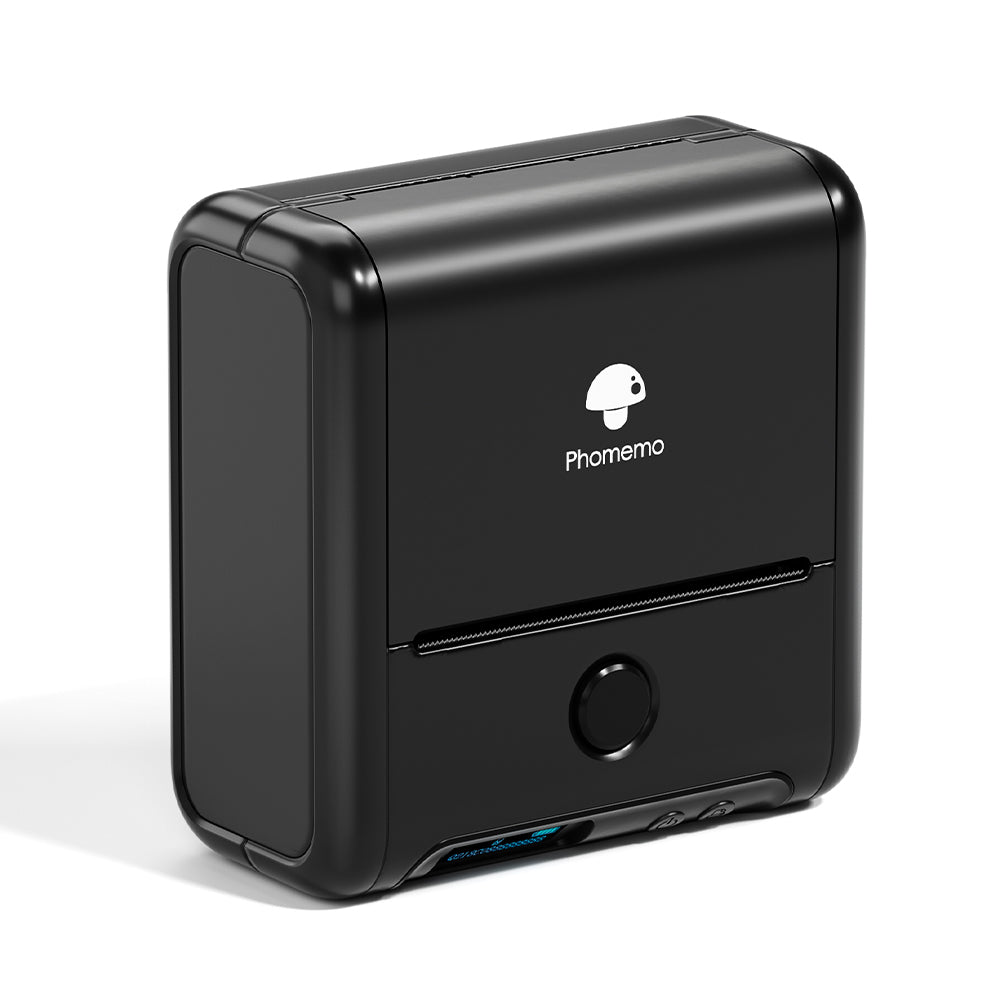 Phomemo M200 Bluetooth Portable Thermal Business Label Maker
Phomemo M200 Bluetooth Portable Thermal Business Label Maker
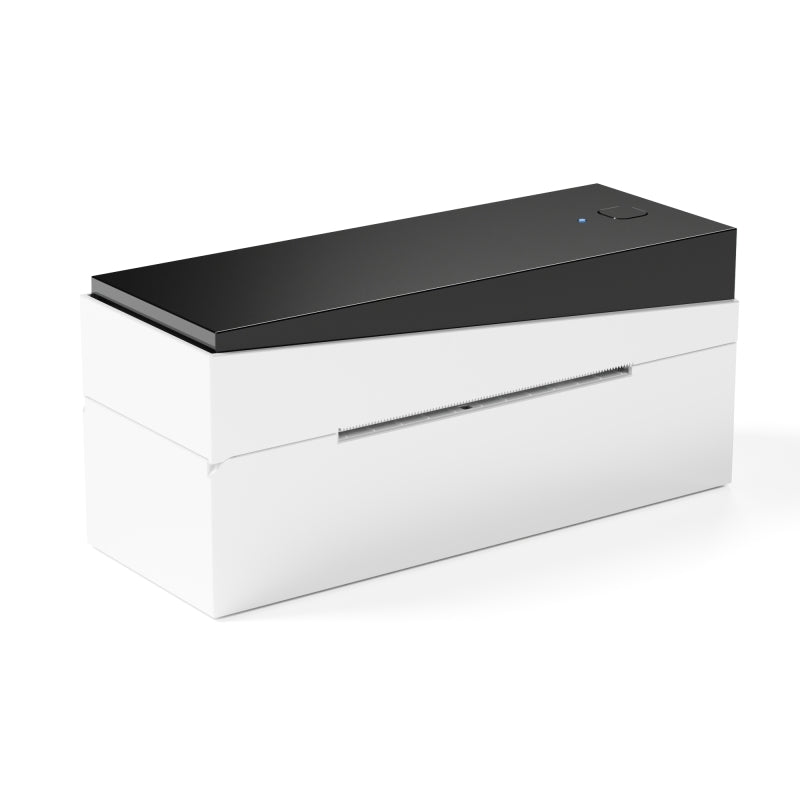 Phomemo PM249-BTZ Bluetooth Direct Connect Shipping Label Printer
Phomemo PM249-BTZ Bluetooth Direct Connect Shipping Label Printer
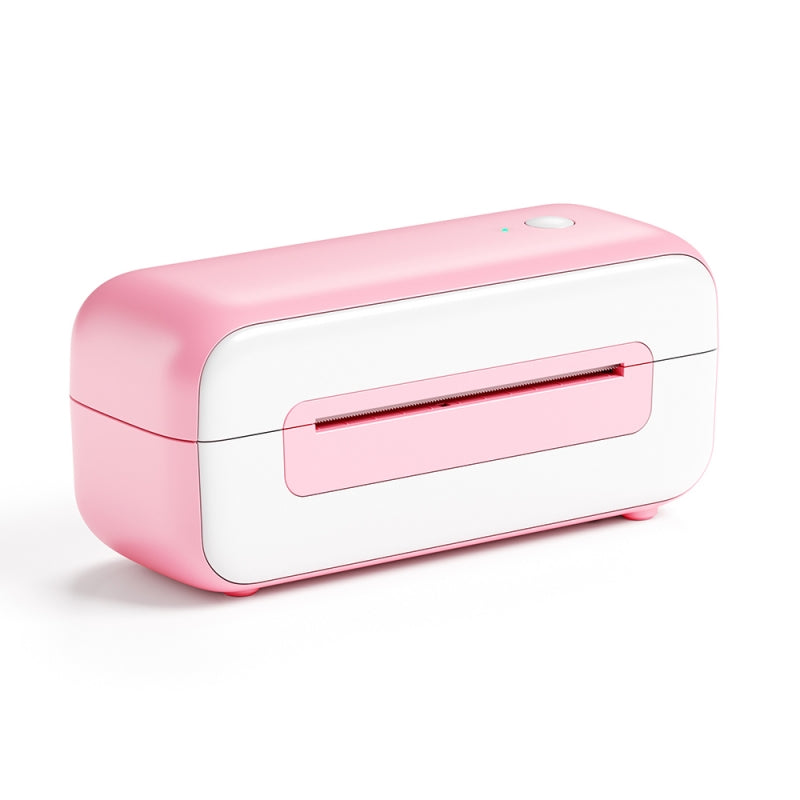 Phomemo PM-246S High-Speed USB Direct Thermal Shipping Label Printer
Phomemo PM-246S High-Speed USB Direct Thermal Shipping Label Printer
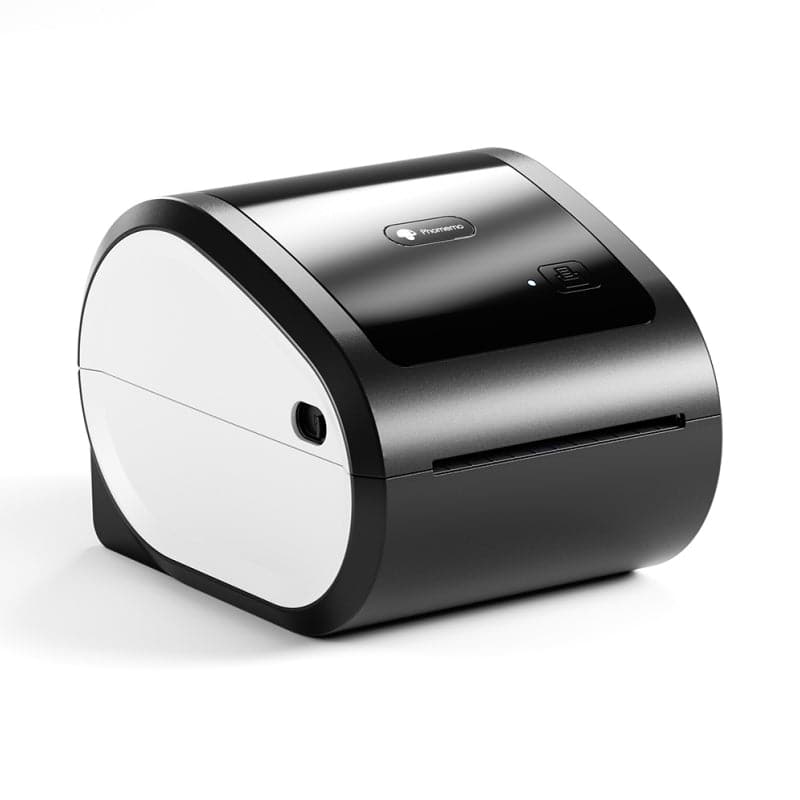 Phomemo D520-BT Bluetooth Shipping Label Printer
Phomemo D520-BT Bluetooth Shipping Label Printer
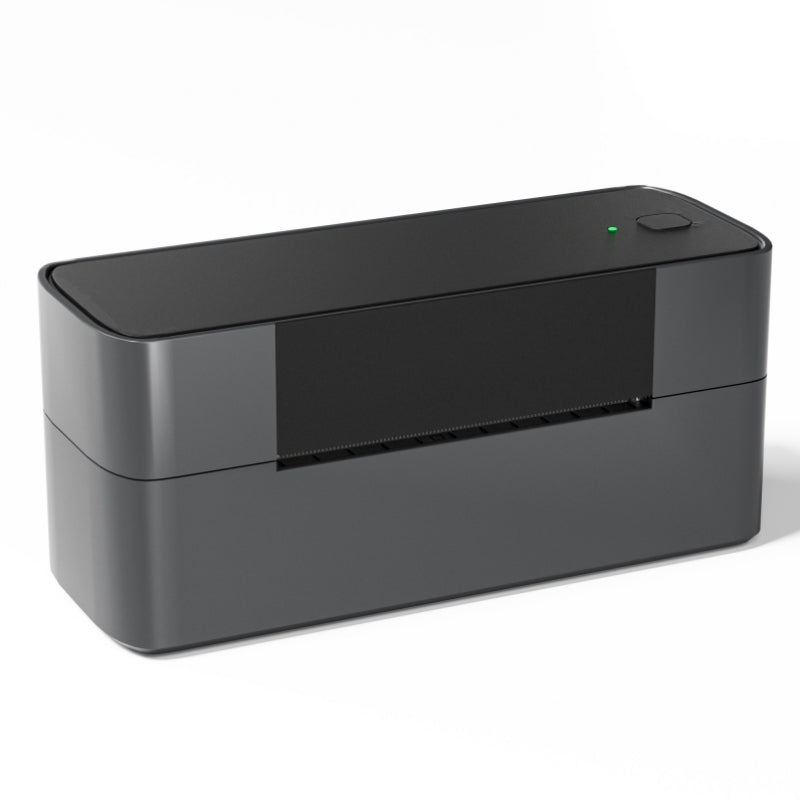 Phomemo PM245-BTZ Bluetooth Direct Connect Shipping Label Printer
Phomemo PM245-BTZ Bluetooth Direct Connect Shipping Label Printer
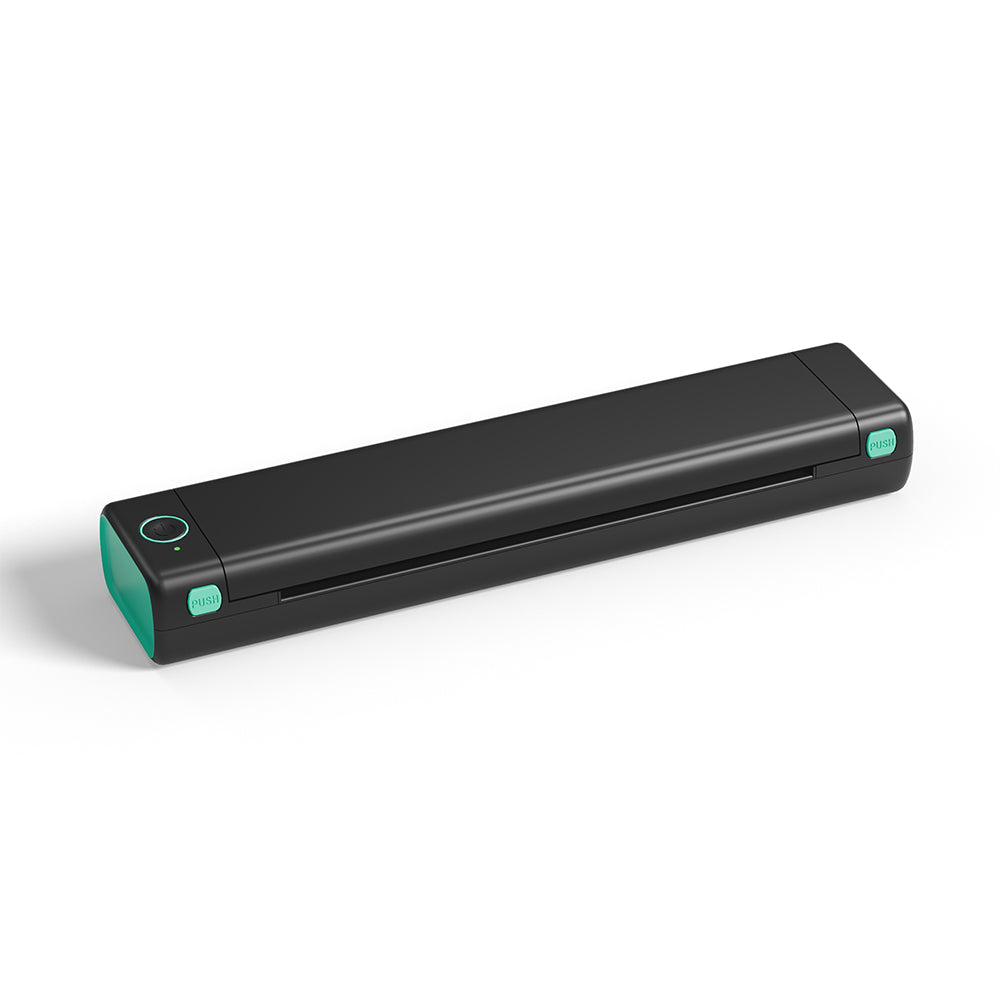 Phomemo M08F Letter & A4 Portable Printer
Phomemo M08F Letter & A4 Portable Printer
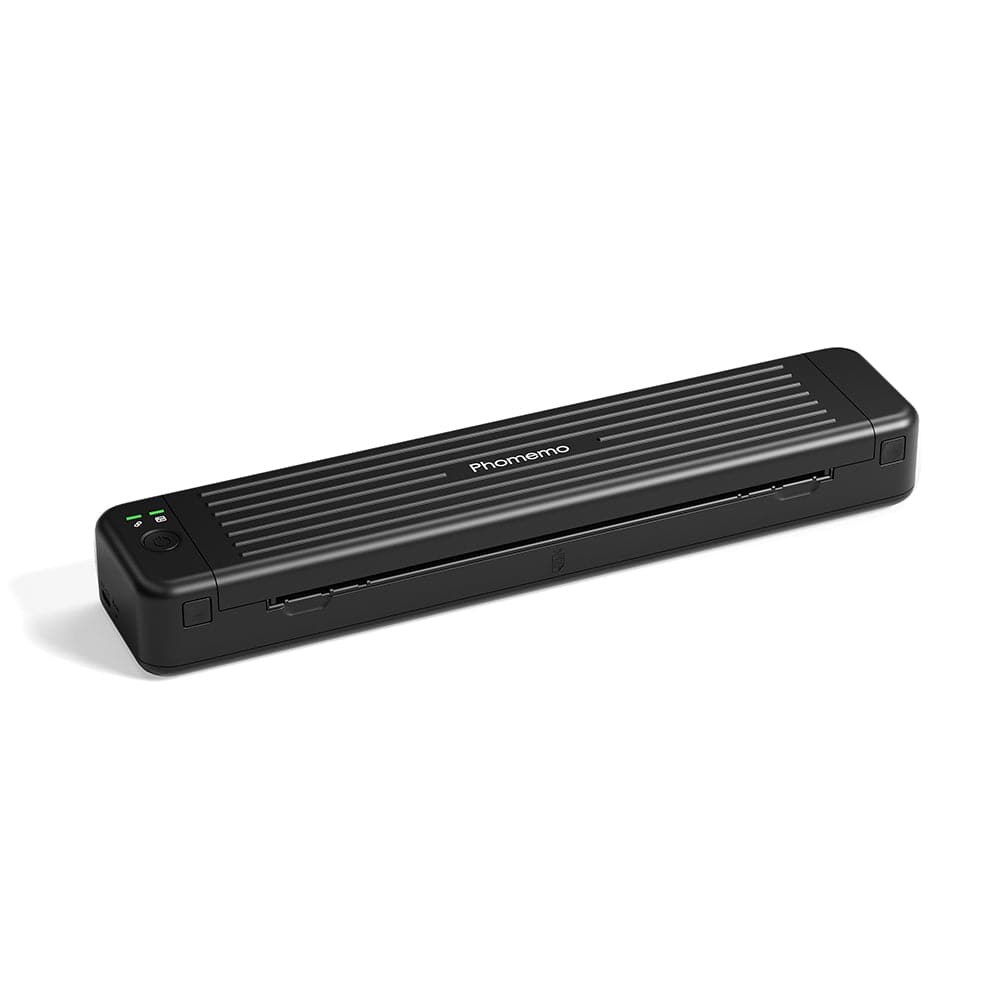 Phomemo P831 Bluetooth Portable Thermal Transfer Printer
Phomemo P831 Bluetooth Portable Thermal Transfer Printer
 [Ultra-light] Phomemo Q302 Wireless Portable Thermal Printer
[Ultra-light] Phomemo Q302 Wireless Portable Thermal Printer
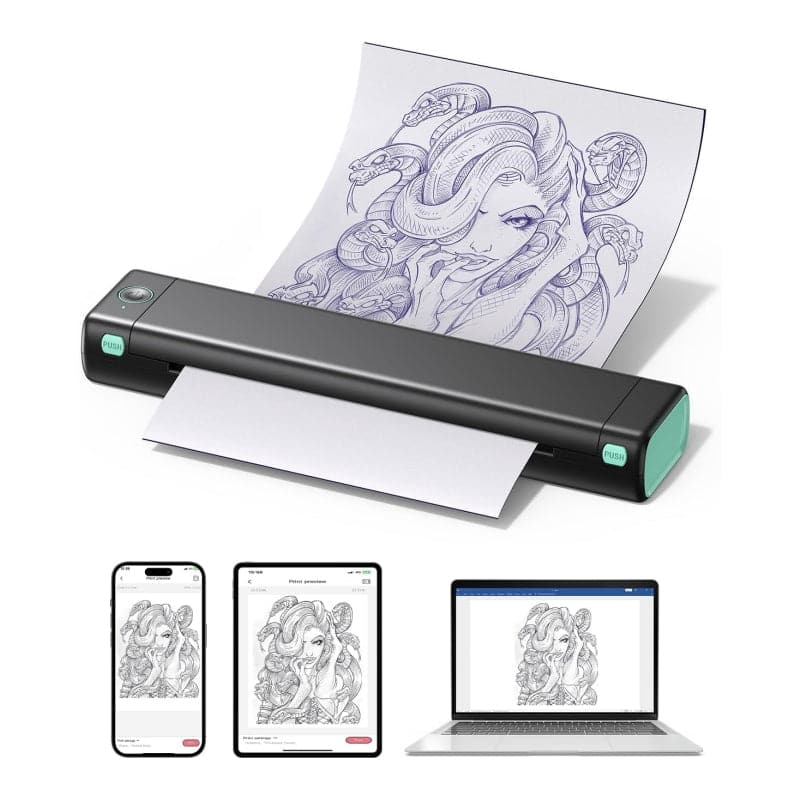 Phomemo M08F Wireless Tattoo Stencil Printer
Phomemo M08F Wireless Tattoo Stencil Printer
 Phomemo TP81 Wireless Tattoo Template Printer
Phomemo TP81 Wireless Tattoo Template Printer
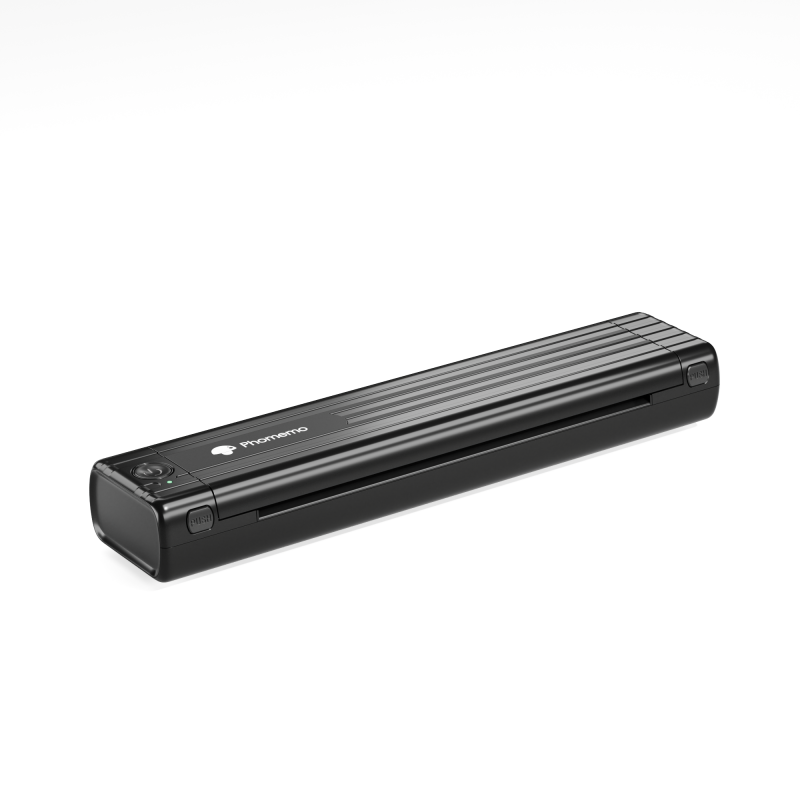 Phomemo TP83 Wireless Tattoo Stencil Printer
Phomemo TP83 Wireless Tattoo Stencil Printer
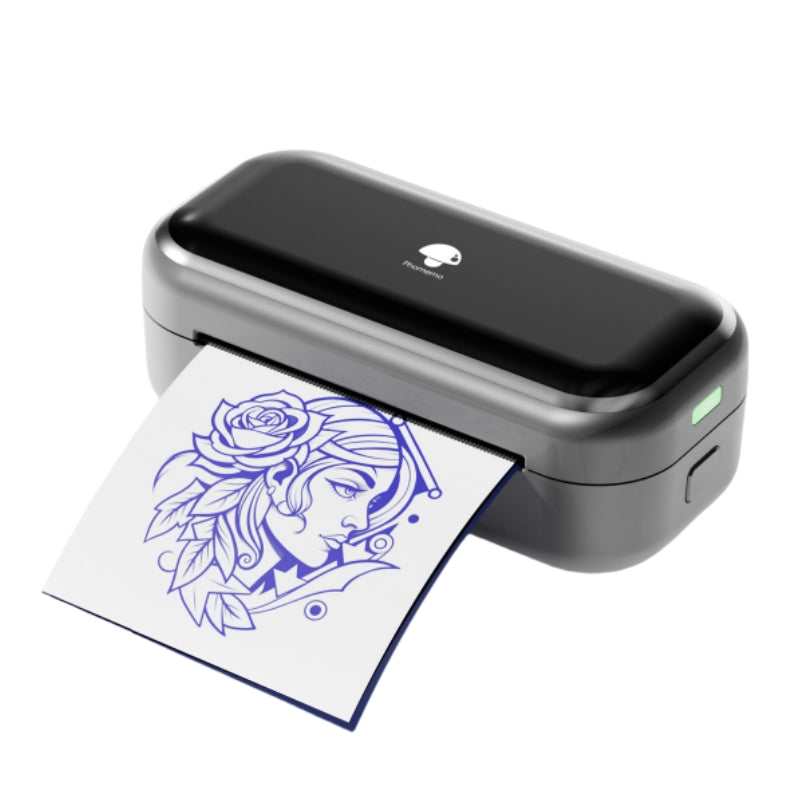 [❗️NEW❗️]Phomemo TP31 Bluetooth Tattoo Stencil Mini Printer
[❗️NEW❗️]Phomemo TP31 Bluetooth Tattoo Stencil Mini Printer
 For T02/M02X
For T02/M02X
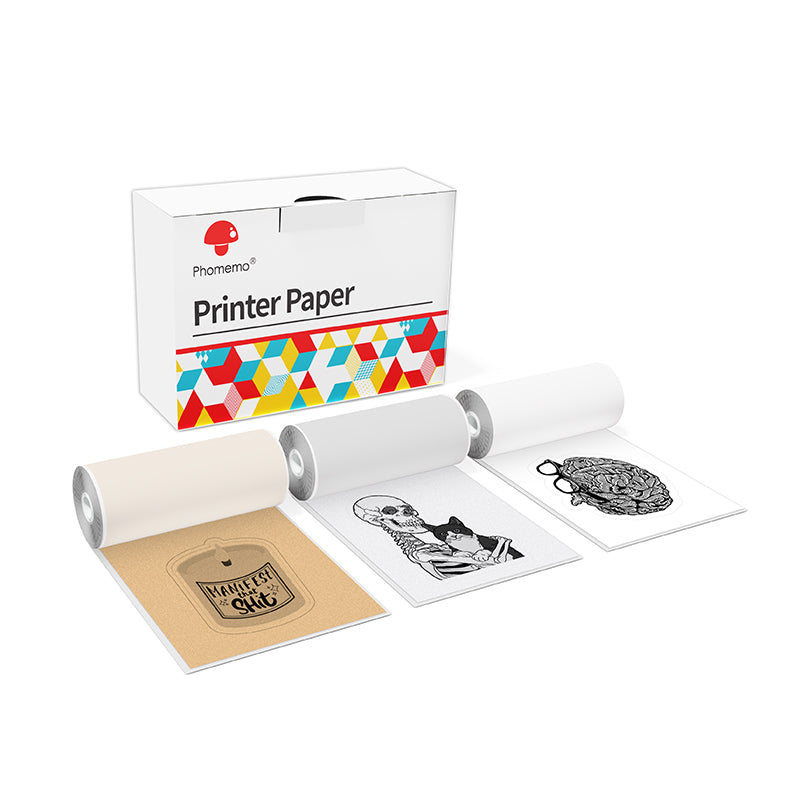 For M02
For M02
 For M02S
For M02S
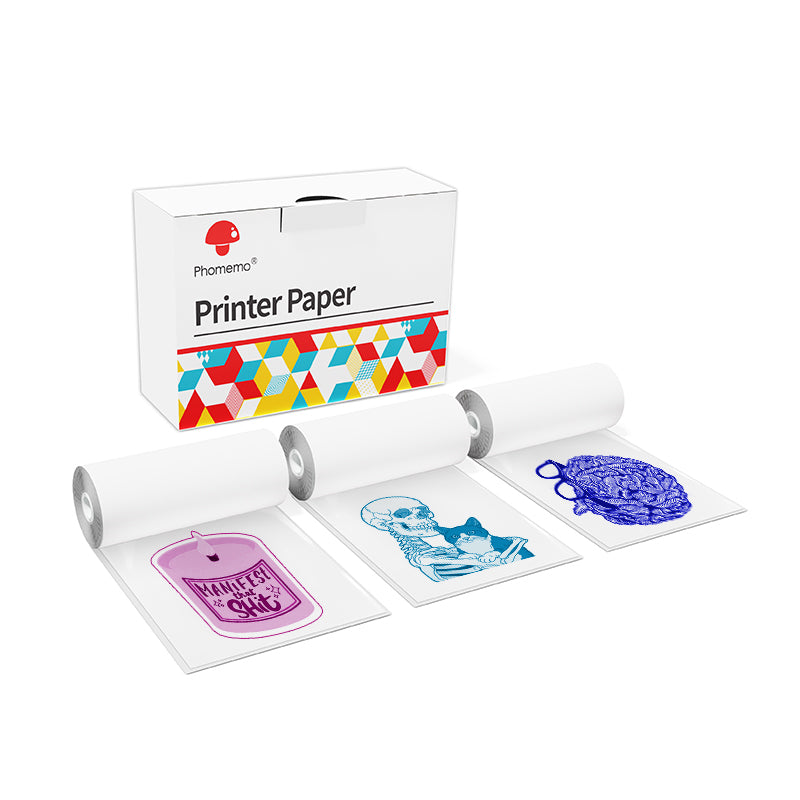 For M02 Pro
For M02 Pro
 For M03
For M03
 For M03AS
For M03AS
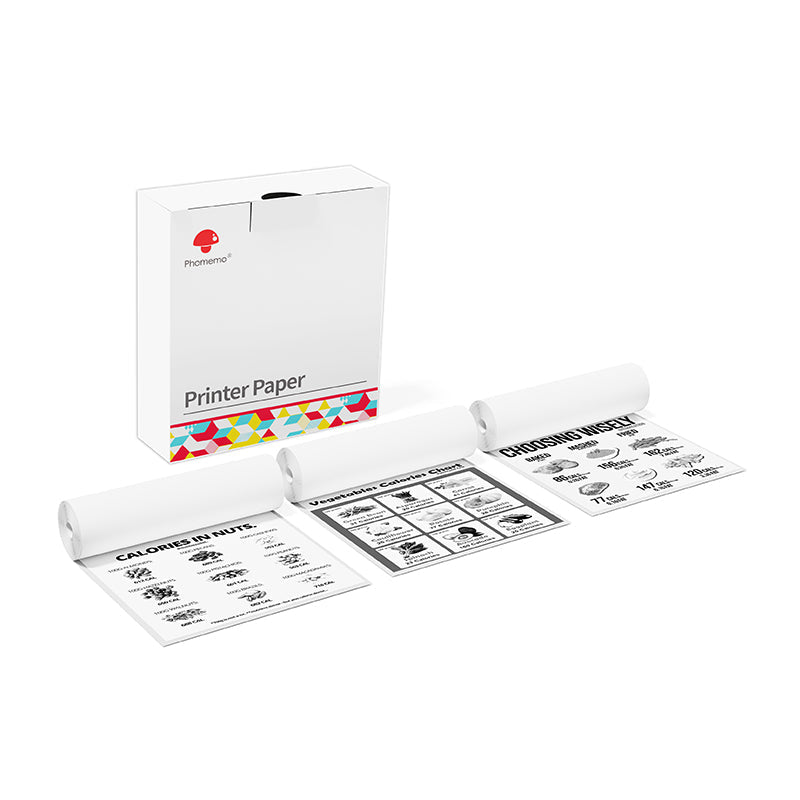 For M04S
For M04S
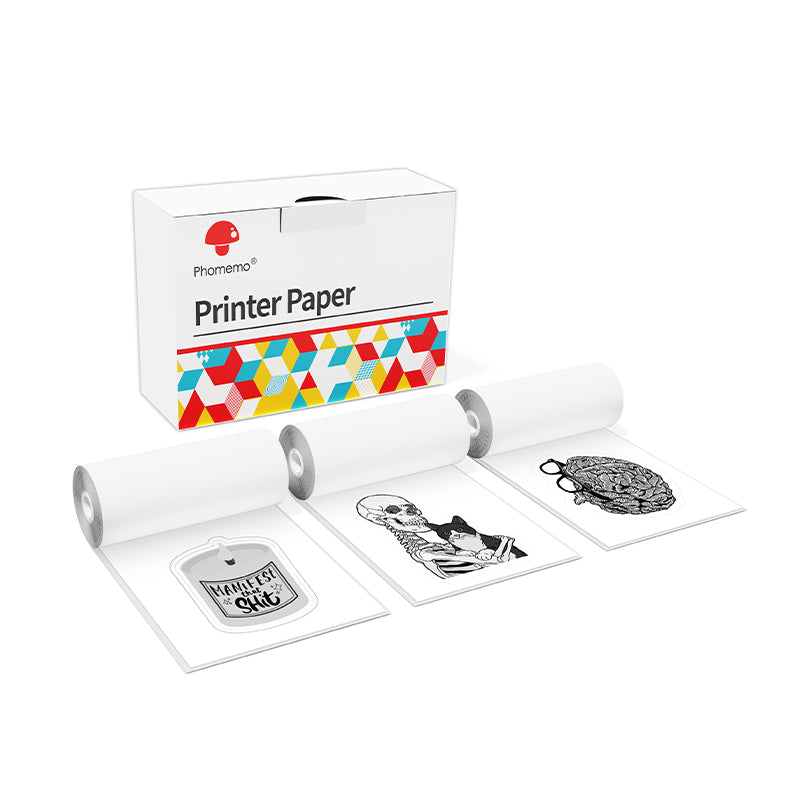 For M04AS
For M04AS
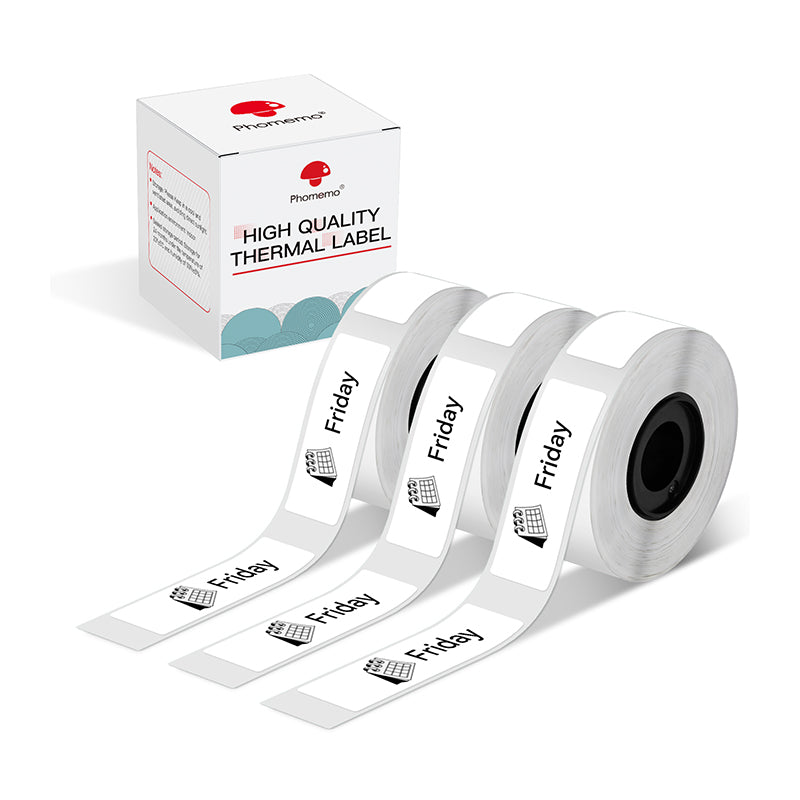 For D30/D35/Q30/Q30S
For D30/D35/Q30/Q30S
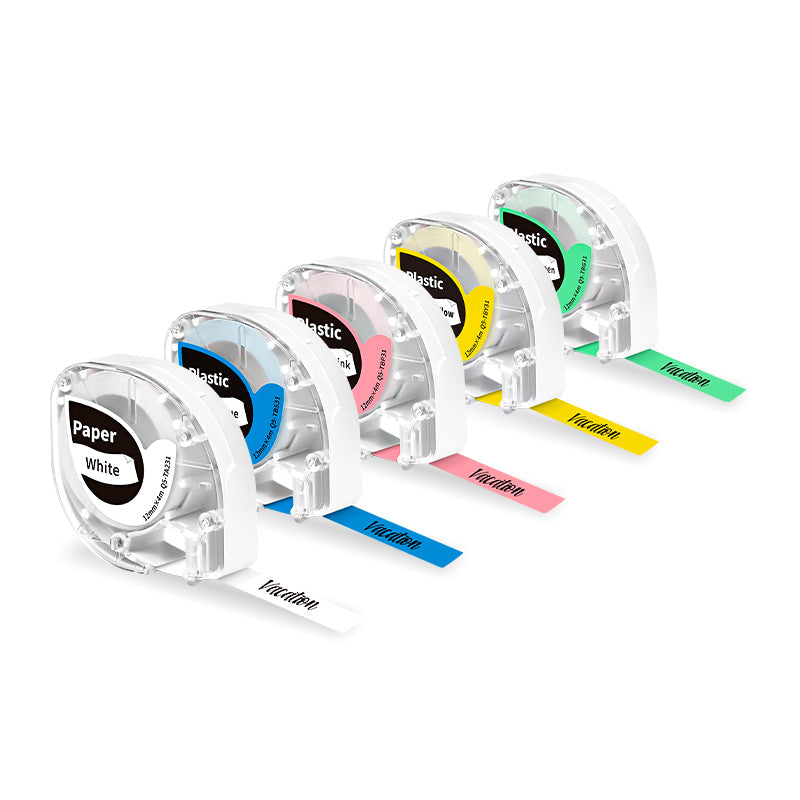 For P12/P12 PRO
For P12/P12 PRO
 For D50
For D50
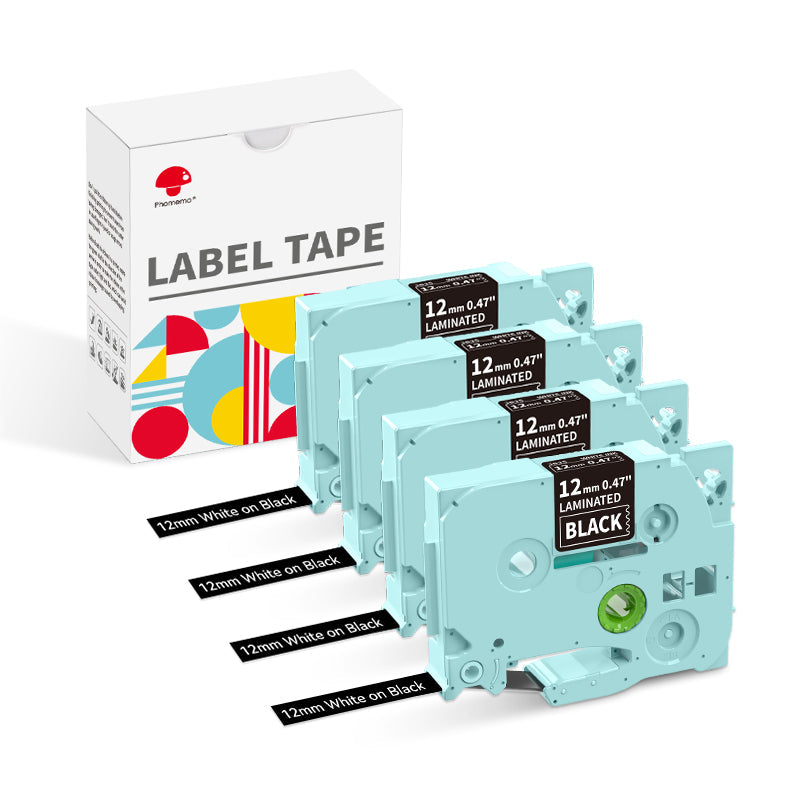 For P3200
For P3200
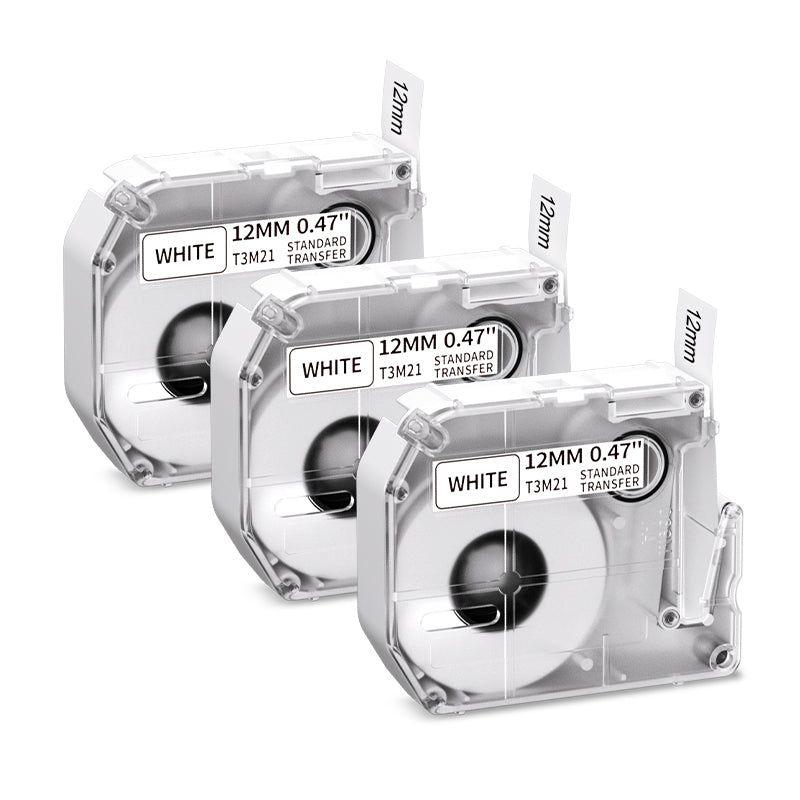 For M960/M950
For M960/M950
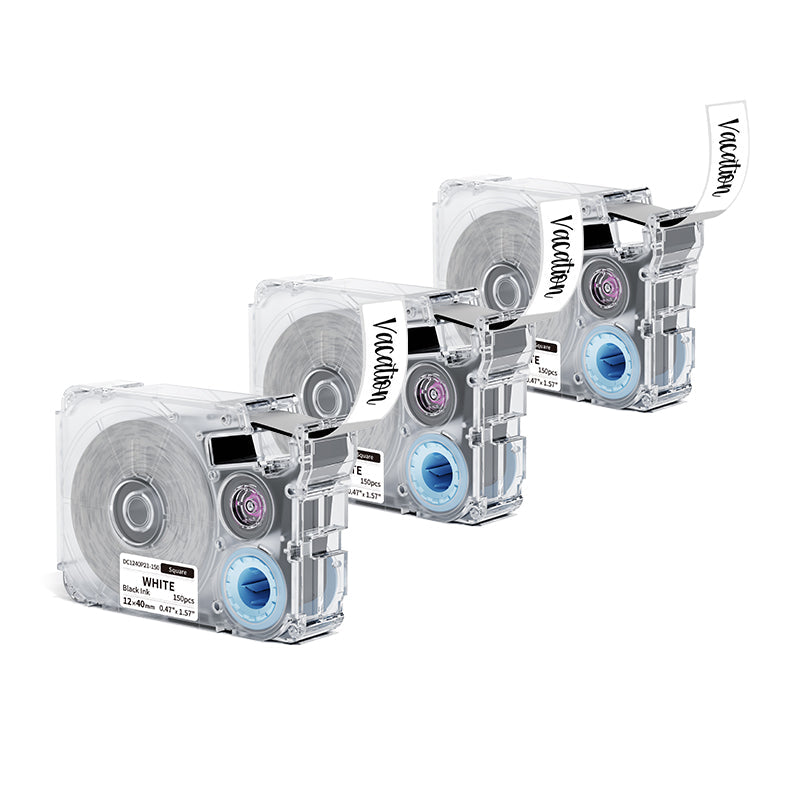 For P15
For P15
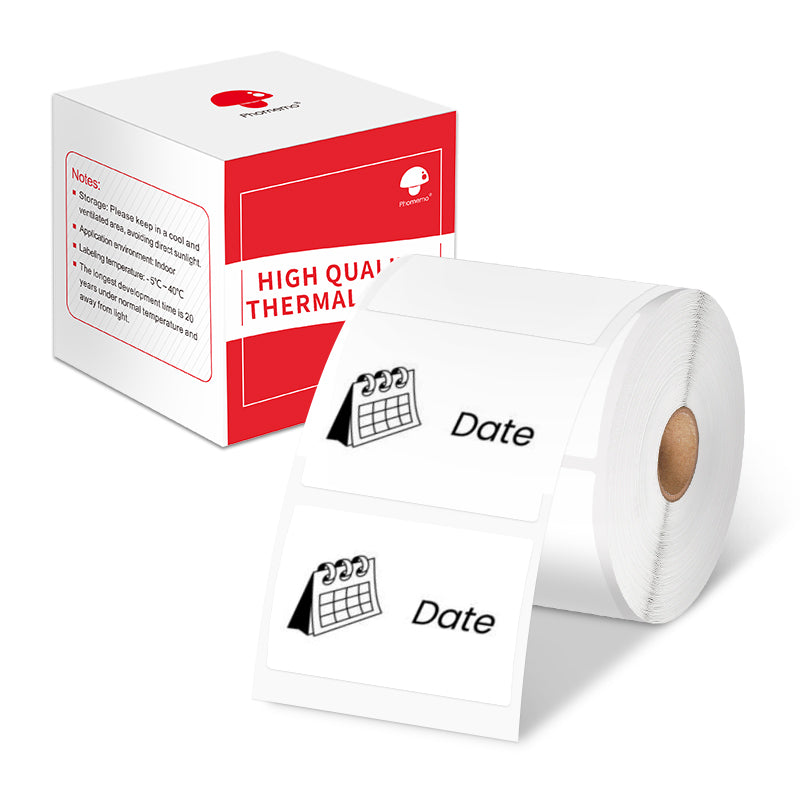 For M110/M120
For M110/M120
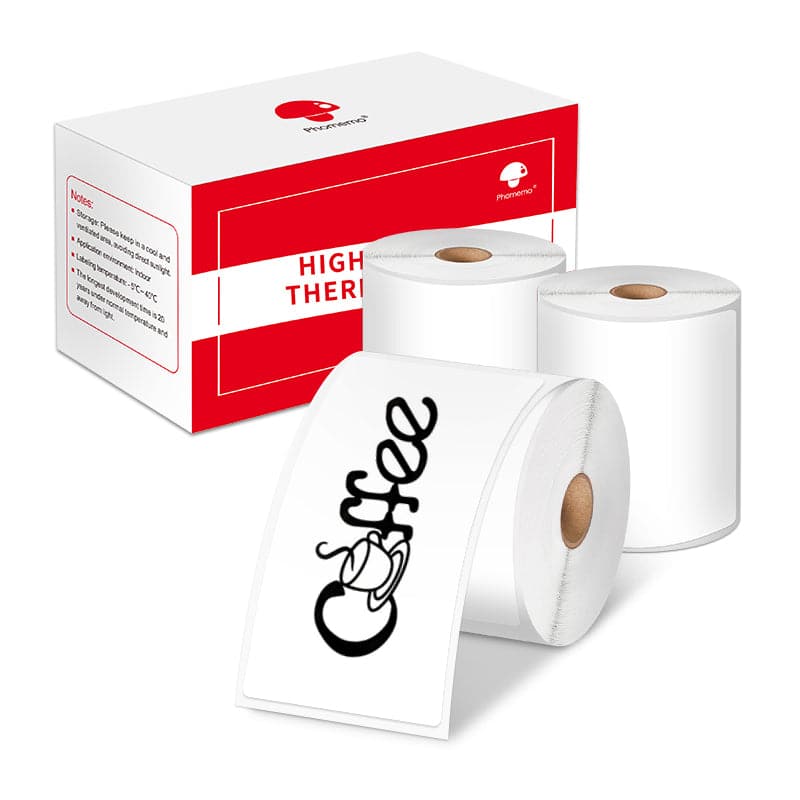 For M200/M220/M221
For M200/M220/M221
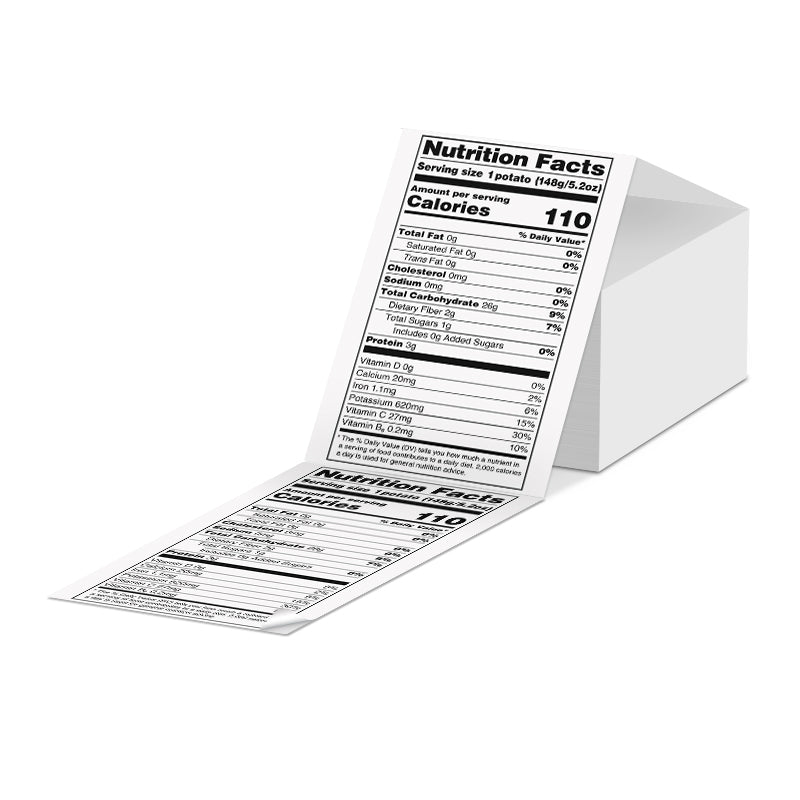 Phomemo 4"x6" Fan-Fold Thermal Direct Labels for Shipping Label Printer
Phomemo 4"x6" Fan-Fold Thermal Direct Labels for Shipping Label Printer
 Phomemo Thermal Shipping Labels – Multiple Sizes & Types for Shipping Label Printer
Phomemo Thermal Shipping Labels – Multiple Sizes & Types for Shipping Label Printer
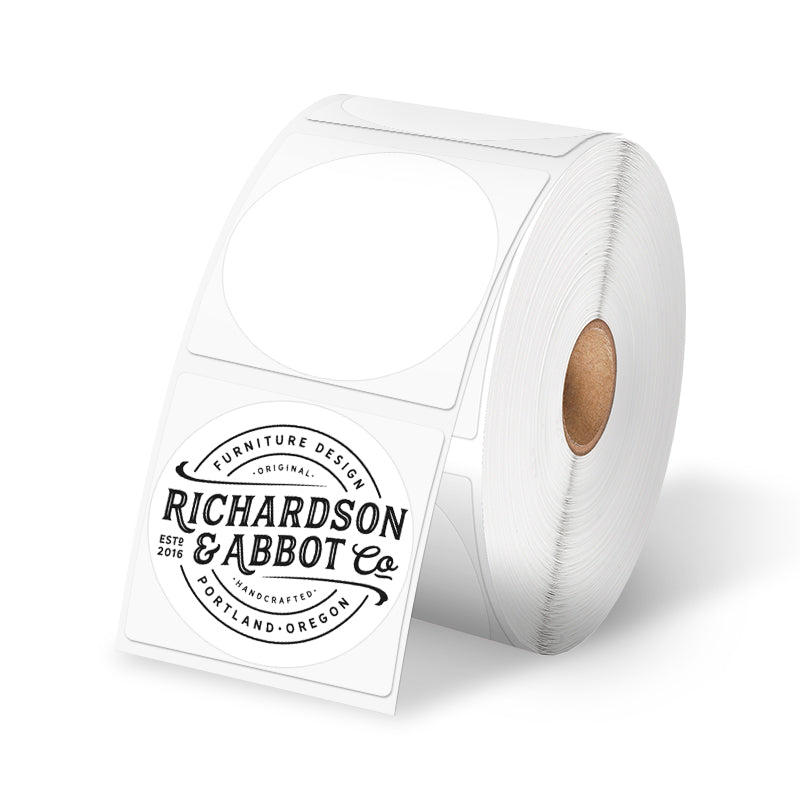 Phomemo 2" Multiple Thermal Round Label for Shipping Label Printer
Phomemo 2" Multiple Thermal Round Label for Shipping Label Printer
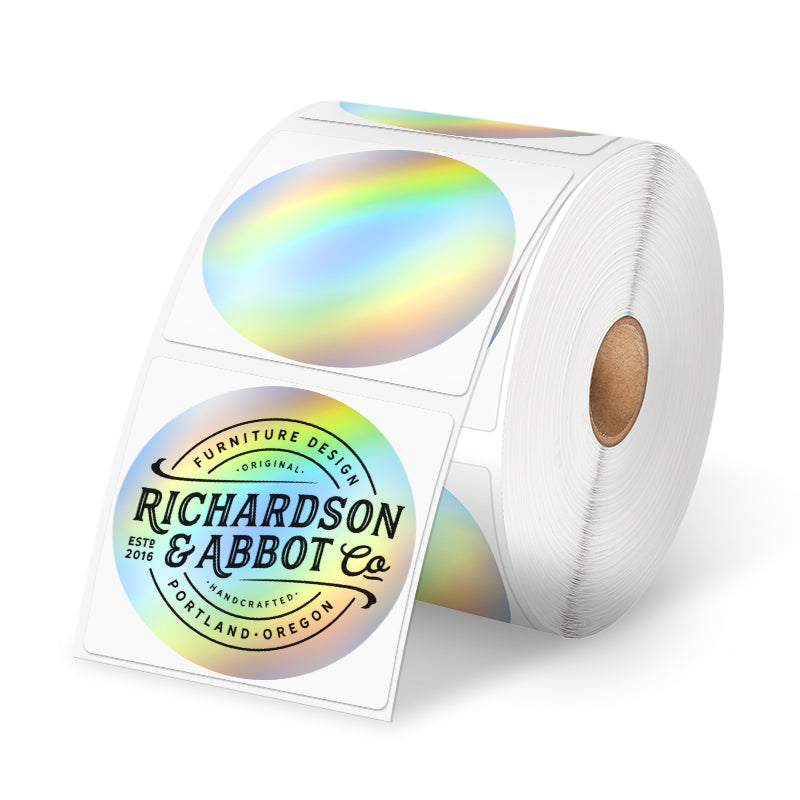 Phomemo 2" Silver Thermal Holographic Sticker for Shipping Label Printer
Phomemo 2" Silver Thermal Holographic Sticker for Shipping Label Printer
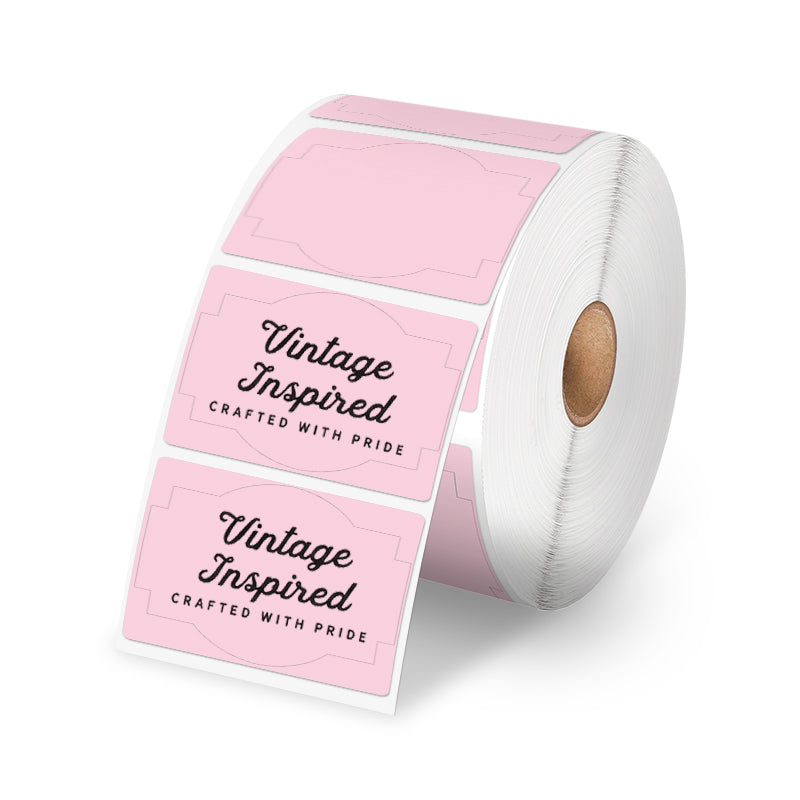 Phomemo 3"x2"Shipping Label Stickers for Shipping Label Printer
Phomemo 3"x2"Shipping Label Stickers for Shipping Label Printer
 For M08F/Q302
For M08F/Q302
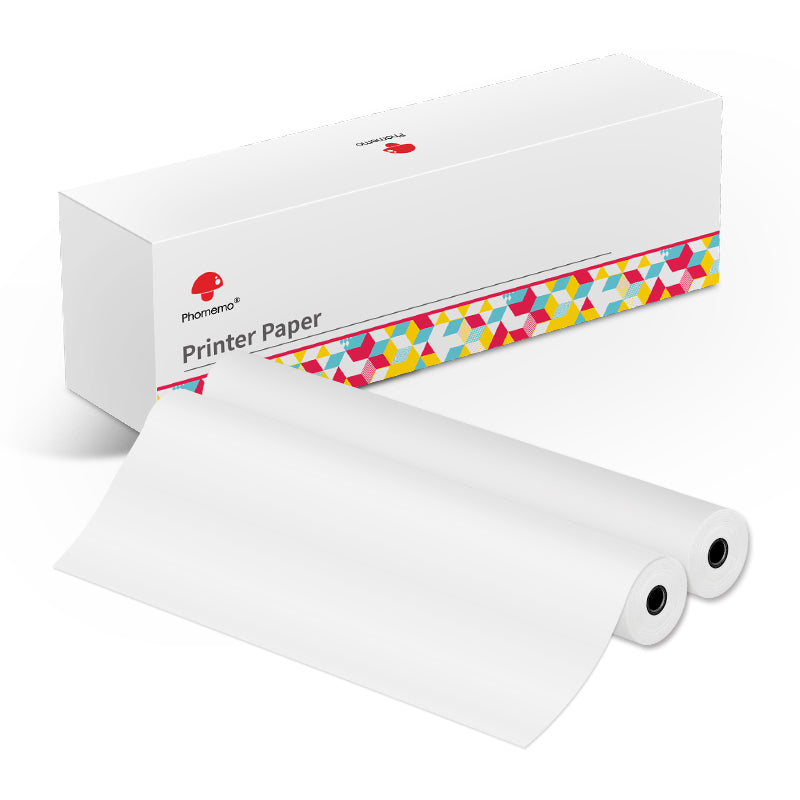 For M832
For M832
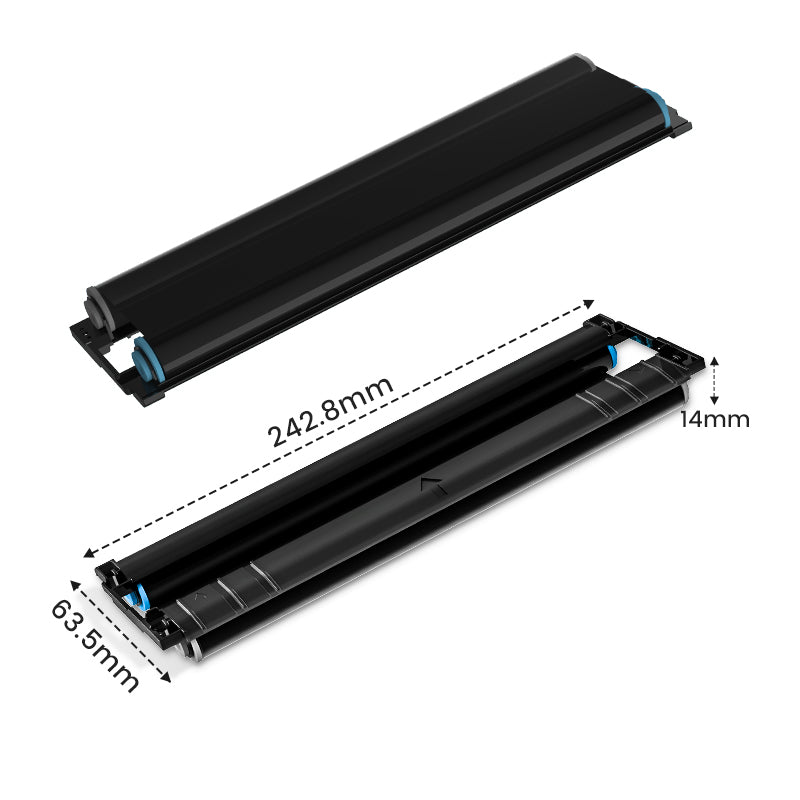 For P831
For P831
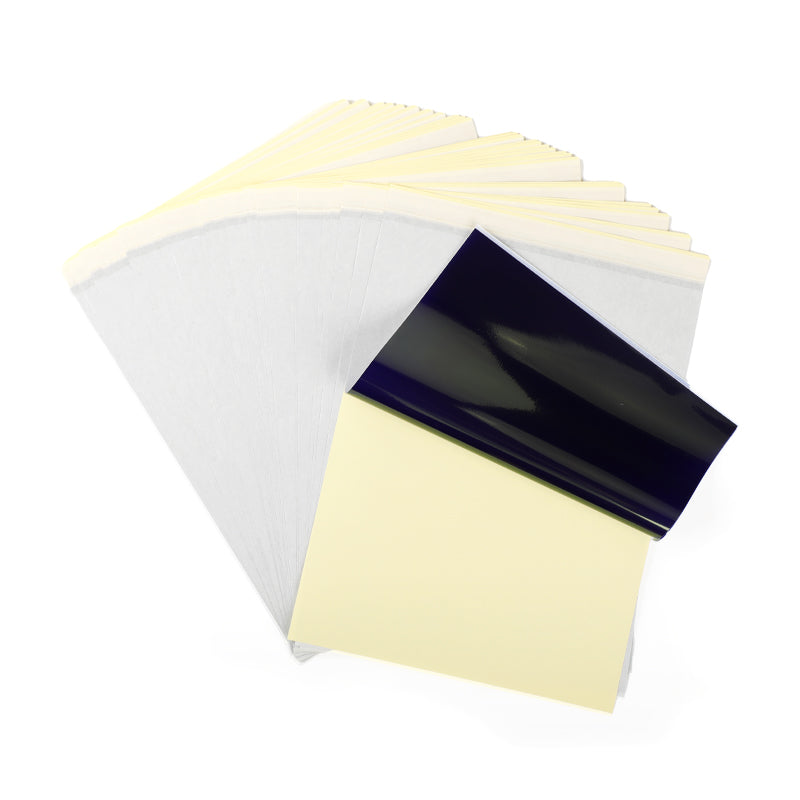 For TP81/TP83/M08F Tattoo
For TP81/TP83/M08F Tattoo
 For TP31 Tattoo
For TP31 Tattoo
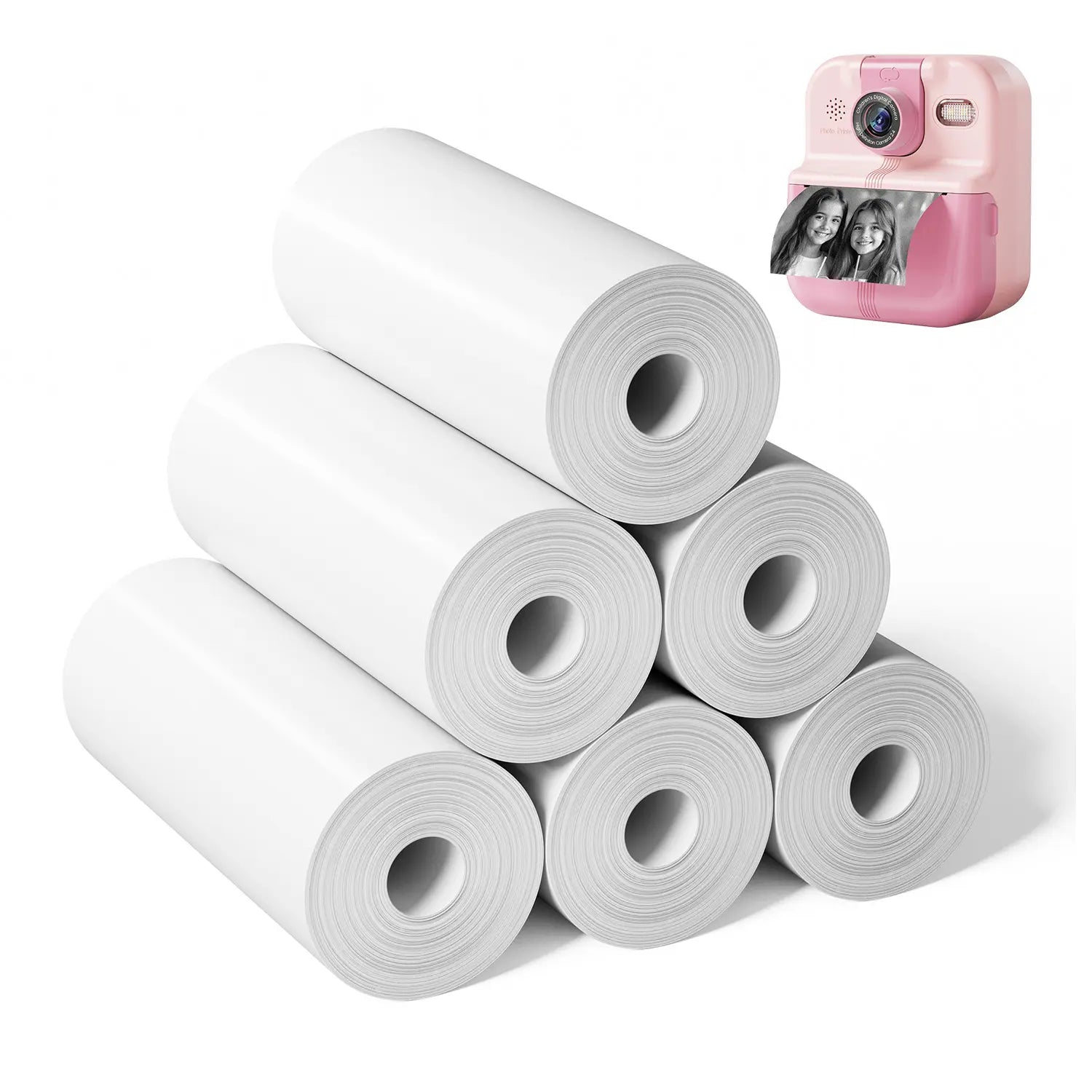 For P02
For P02










